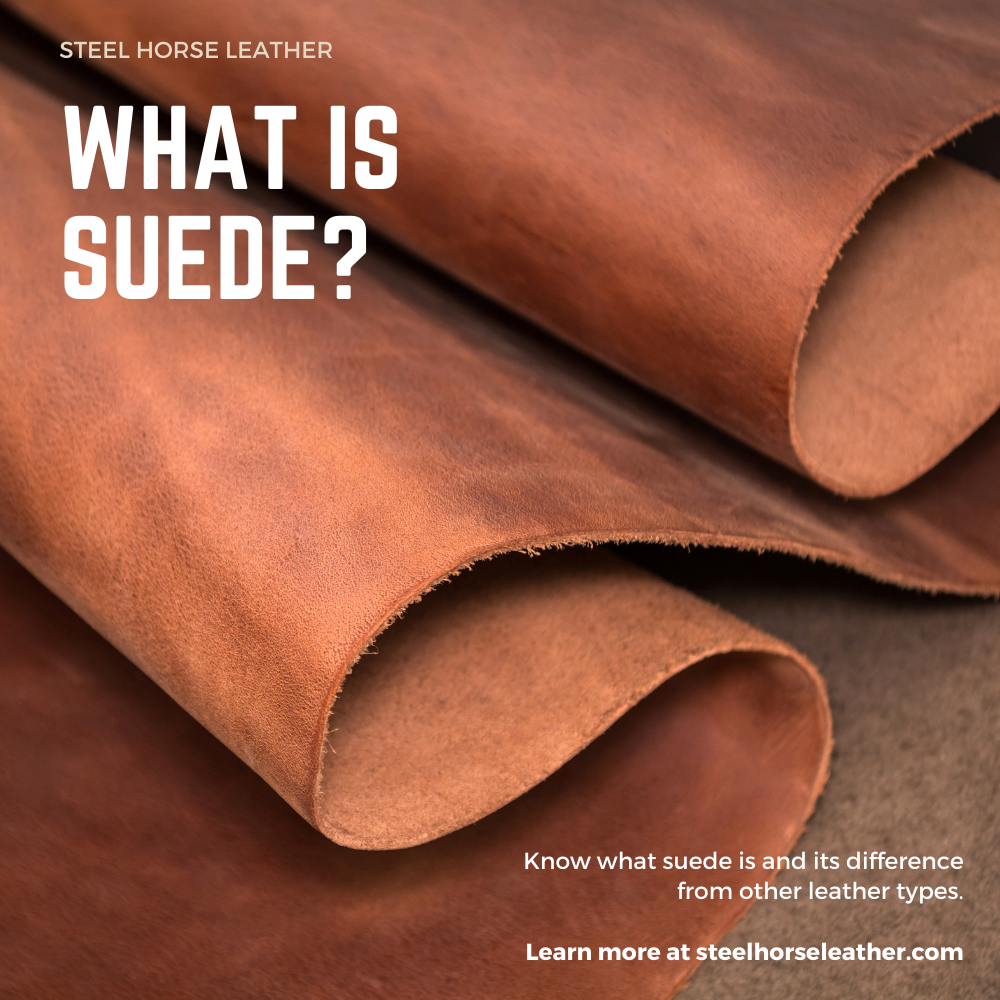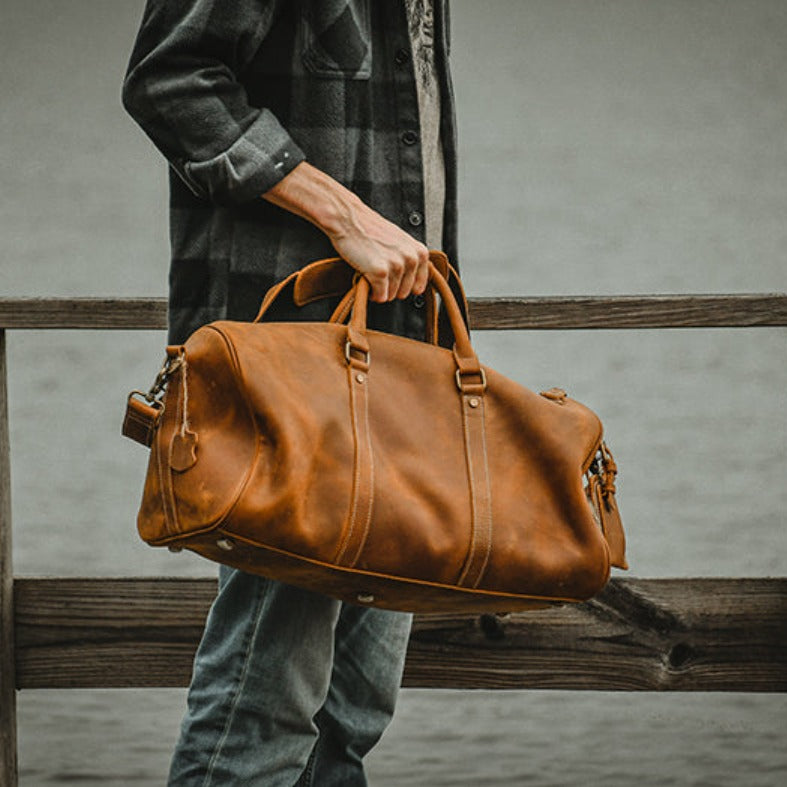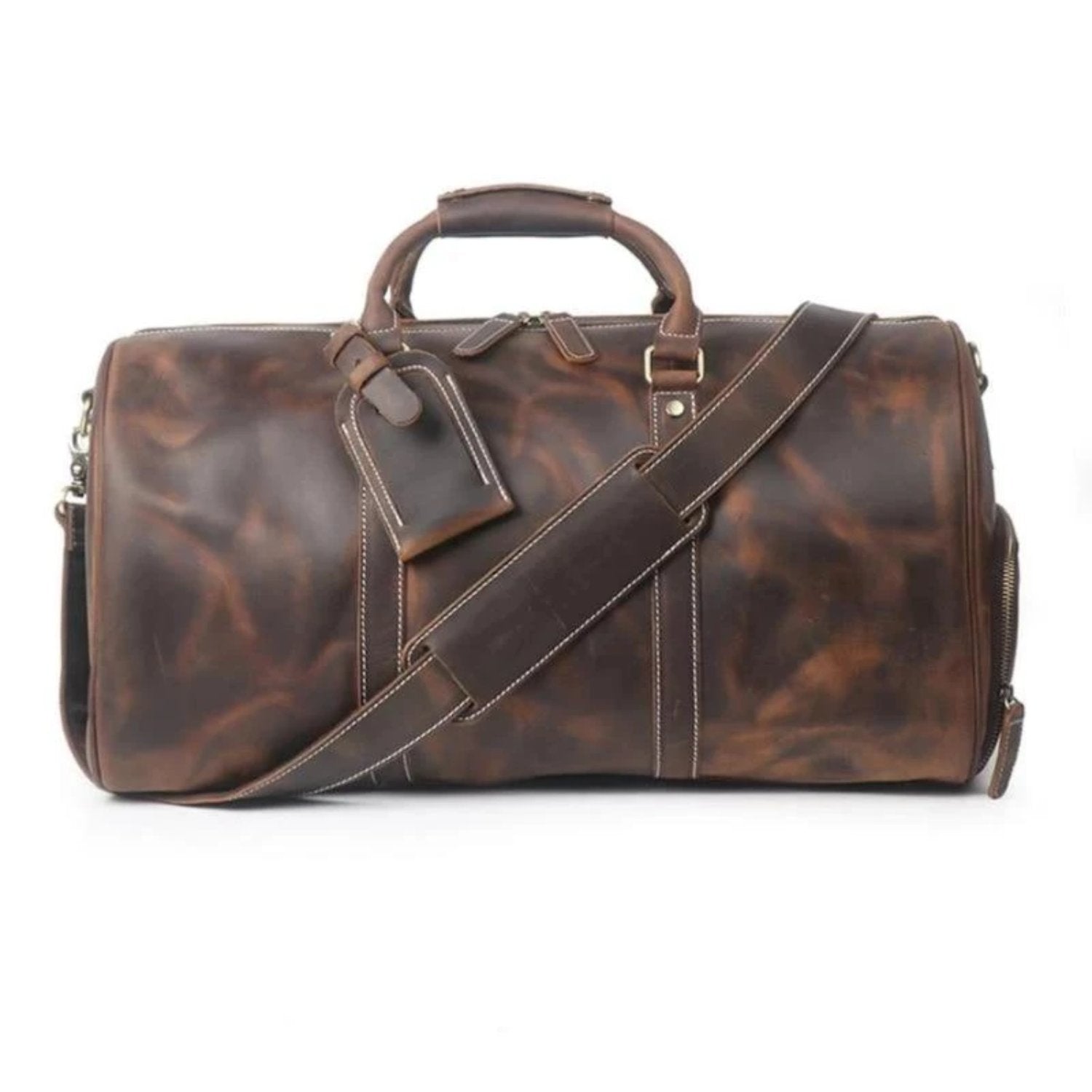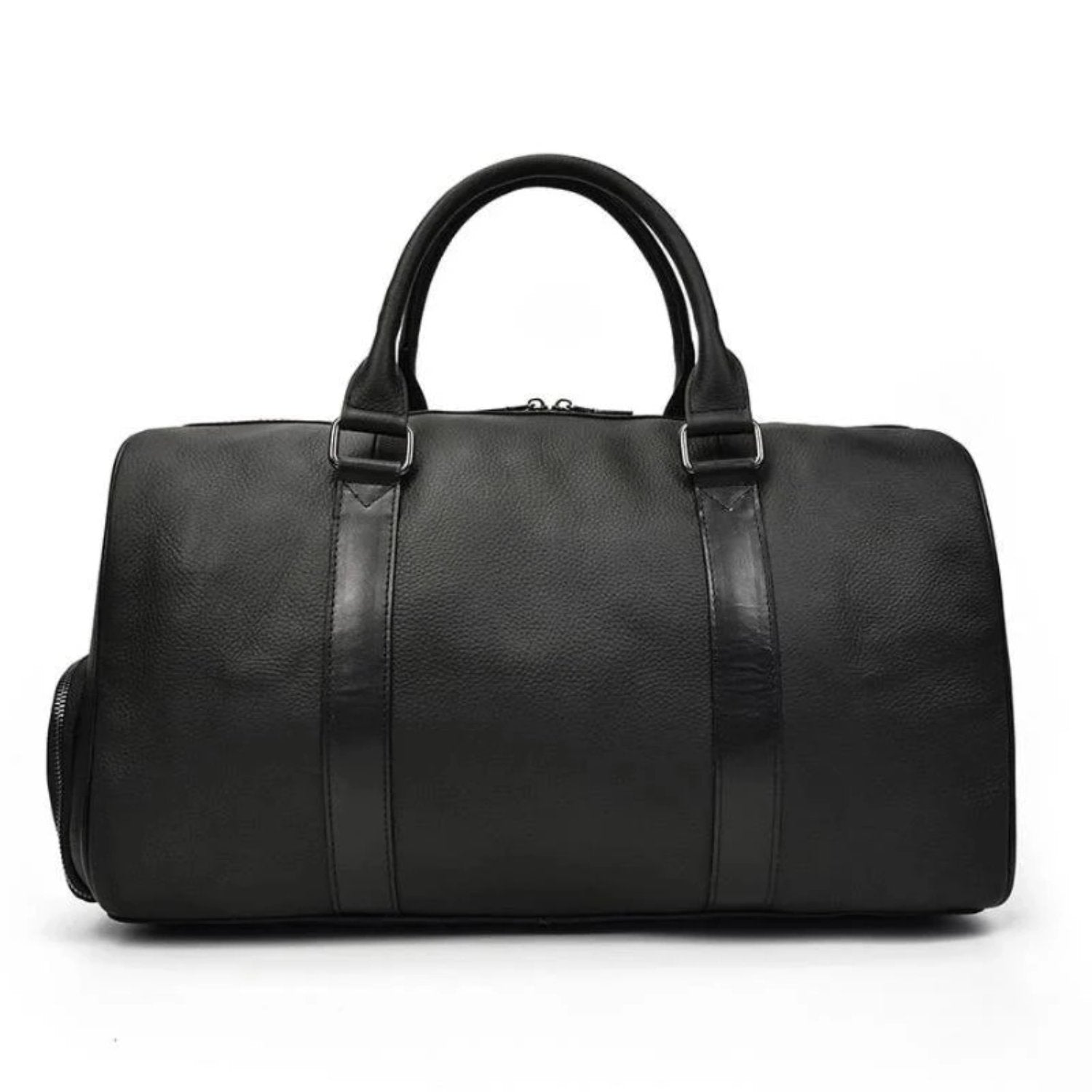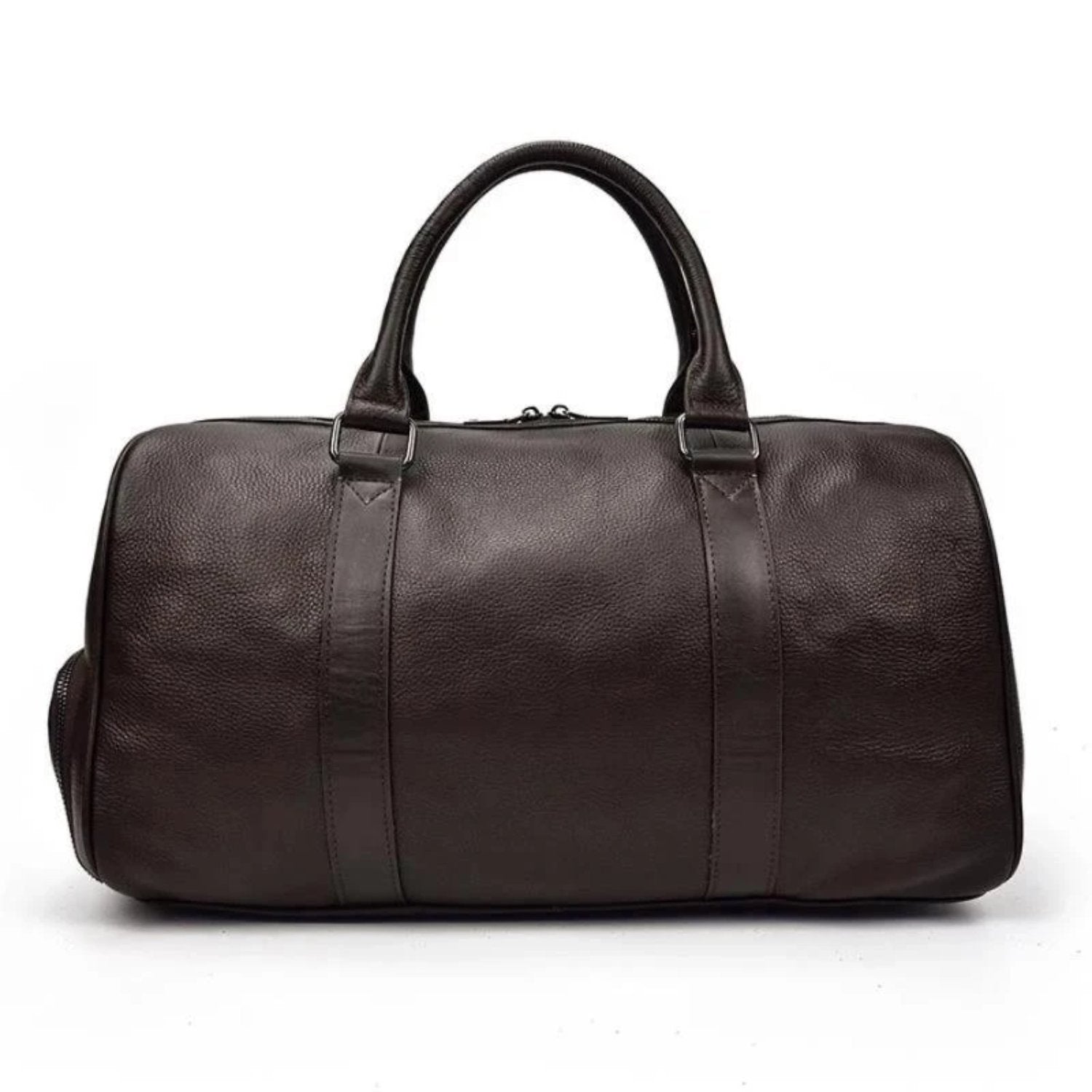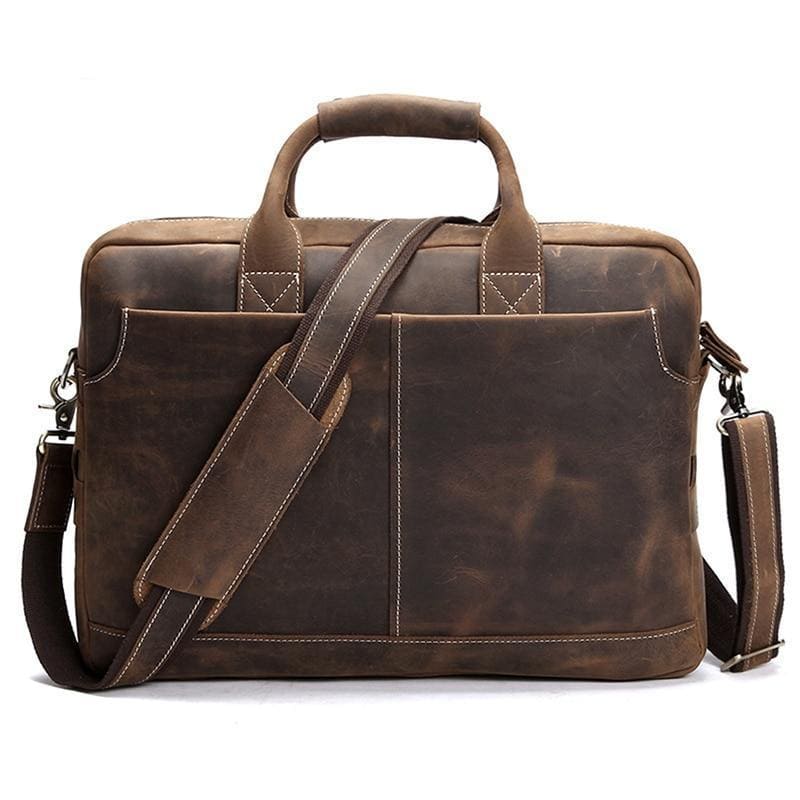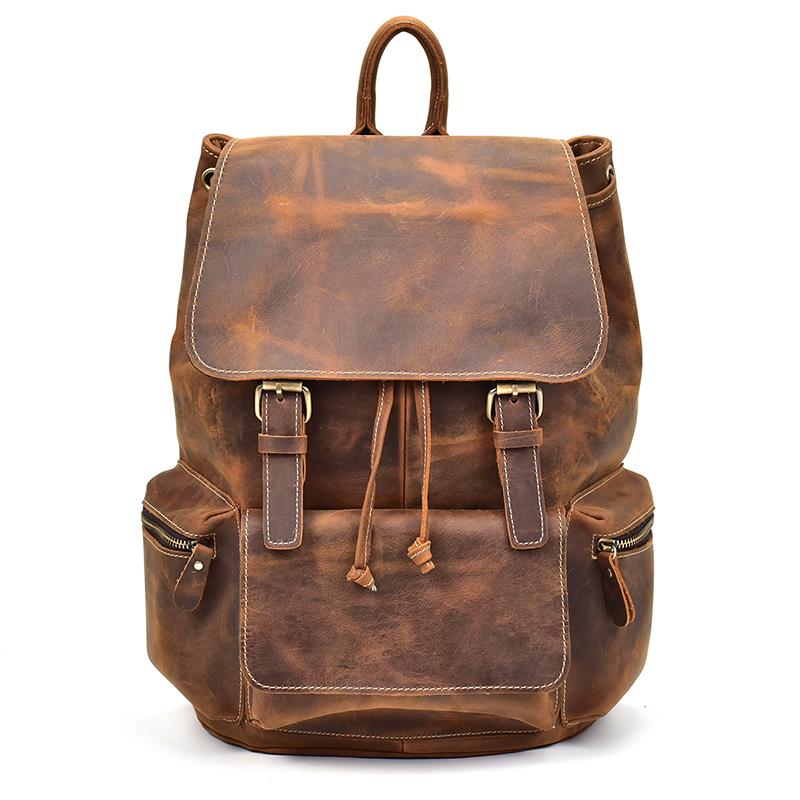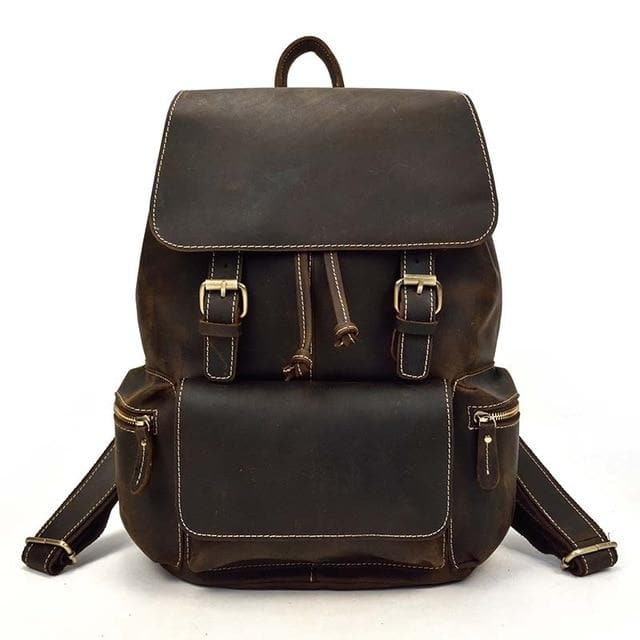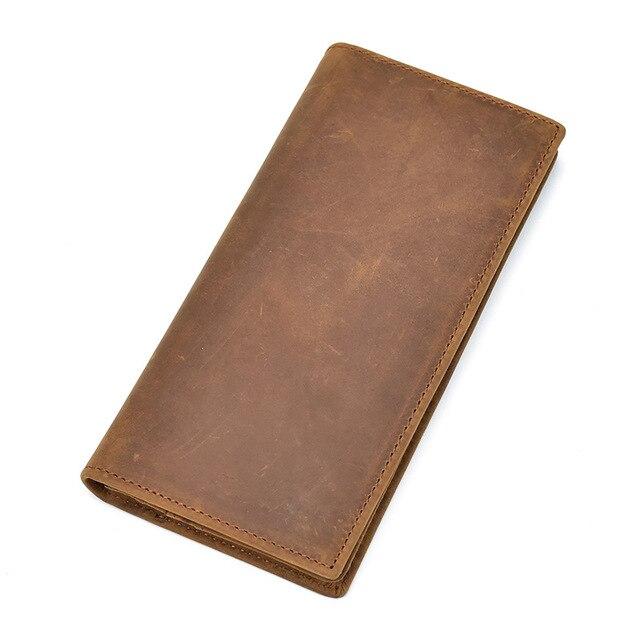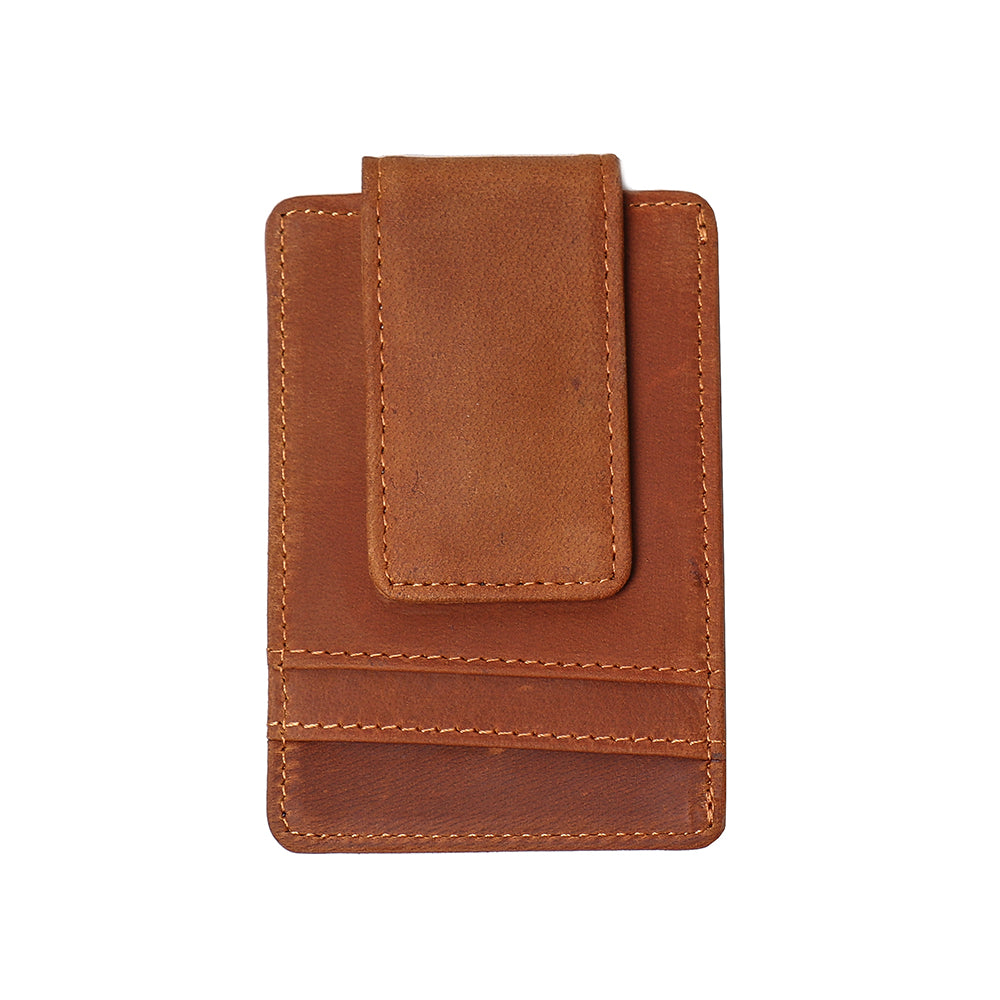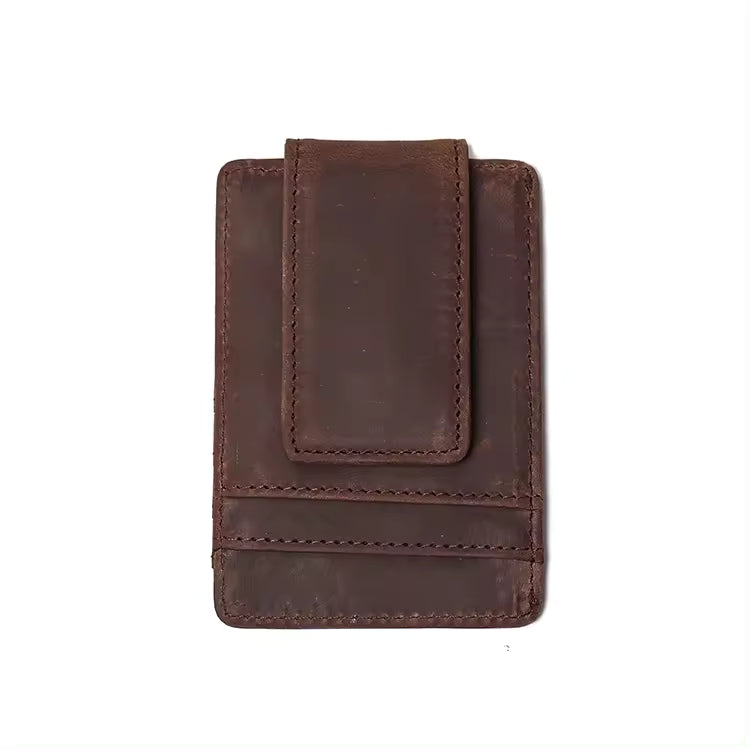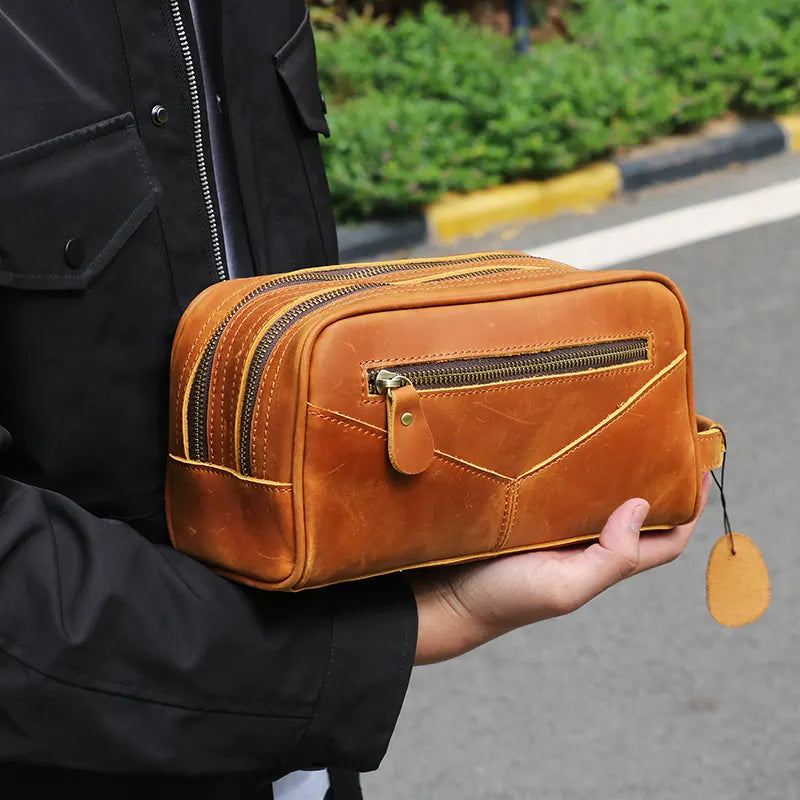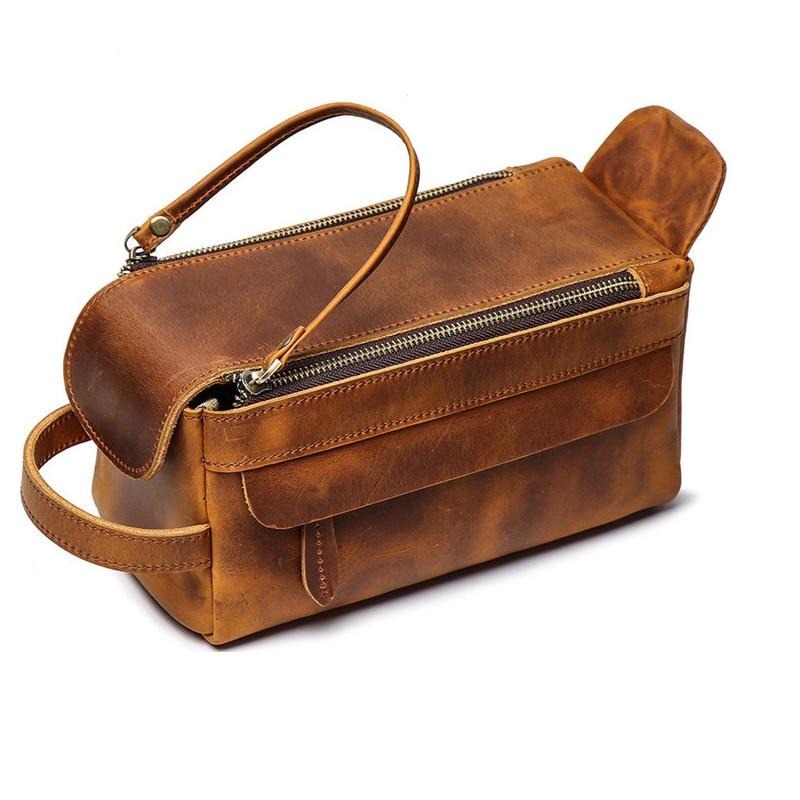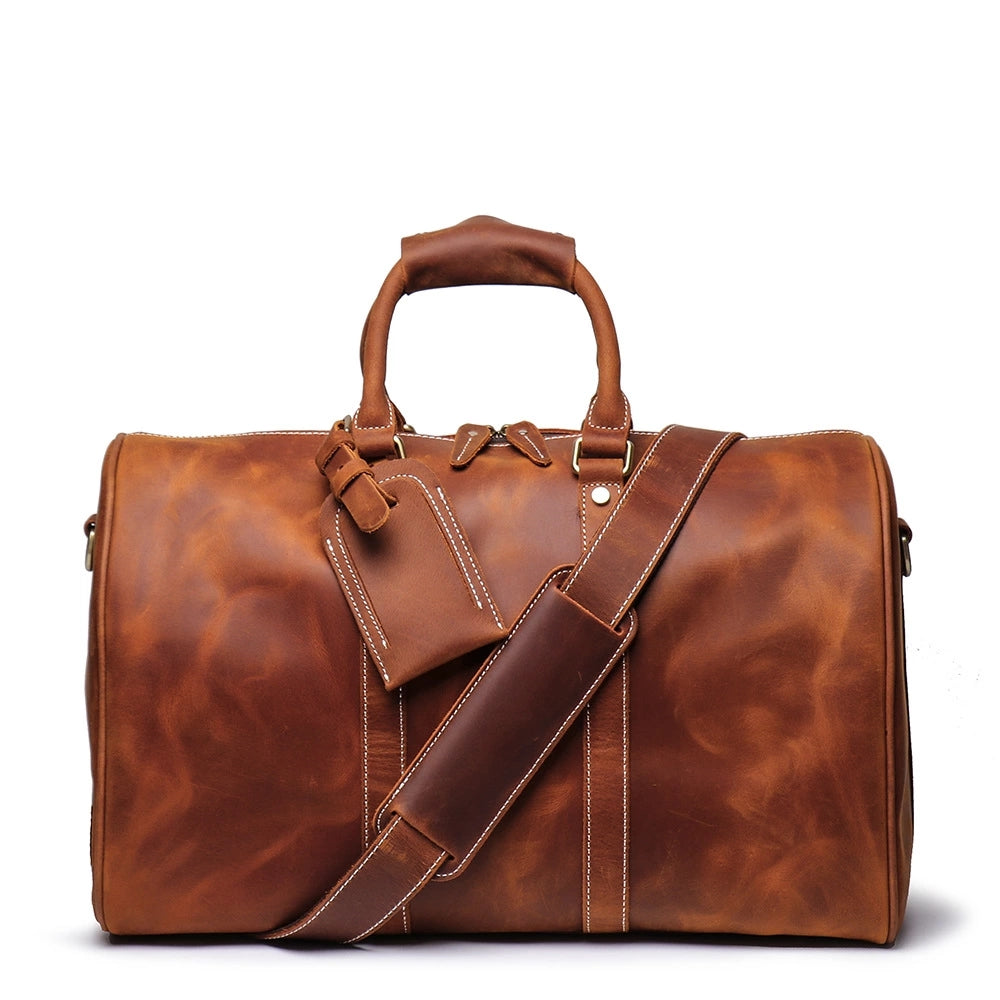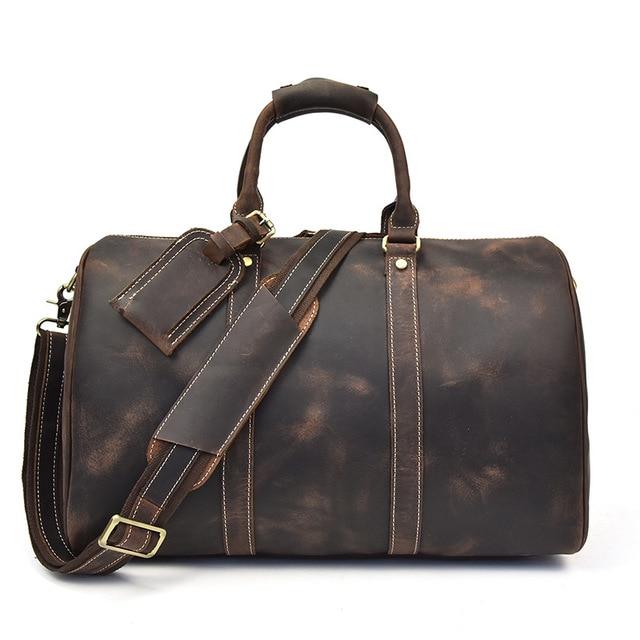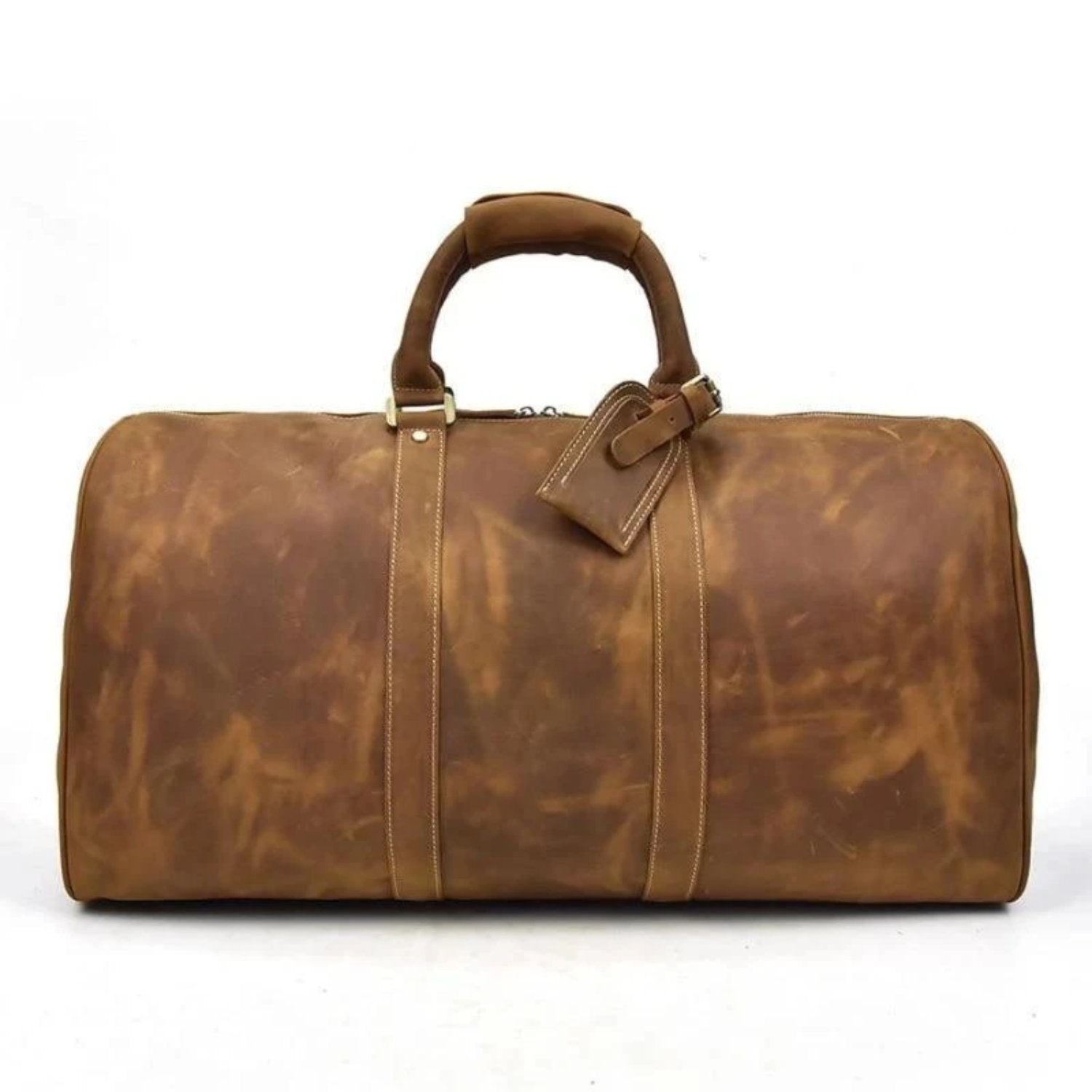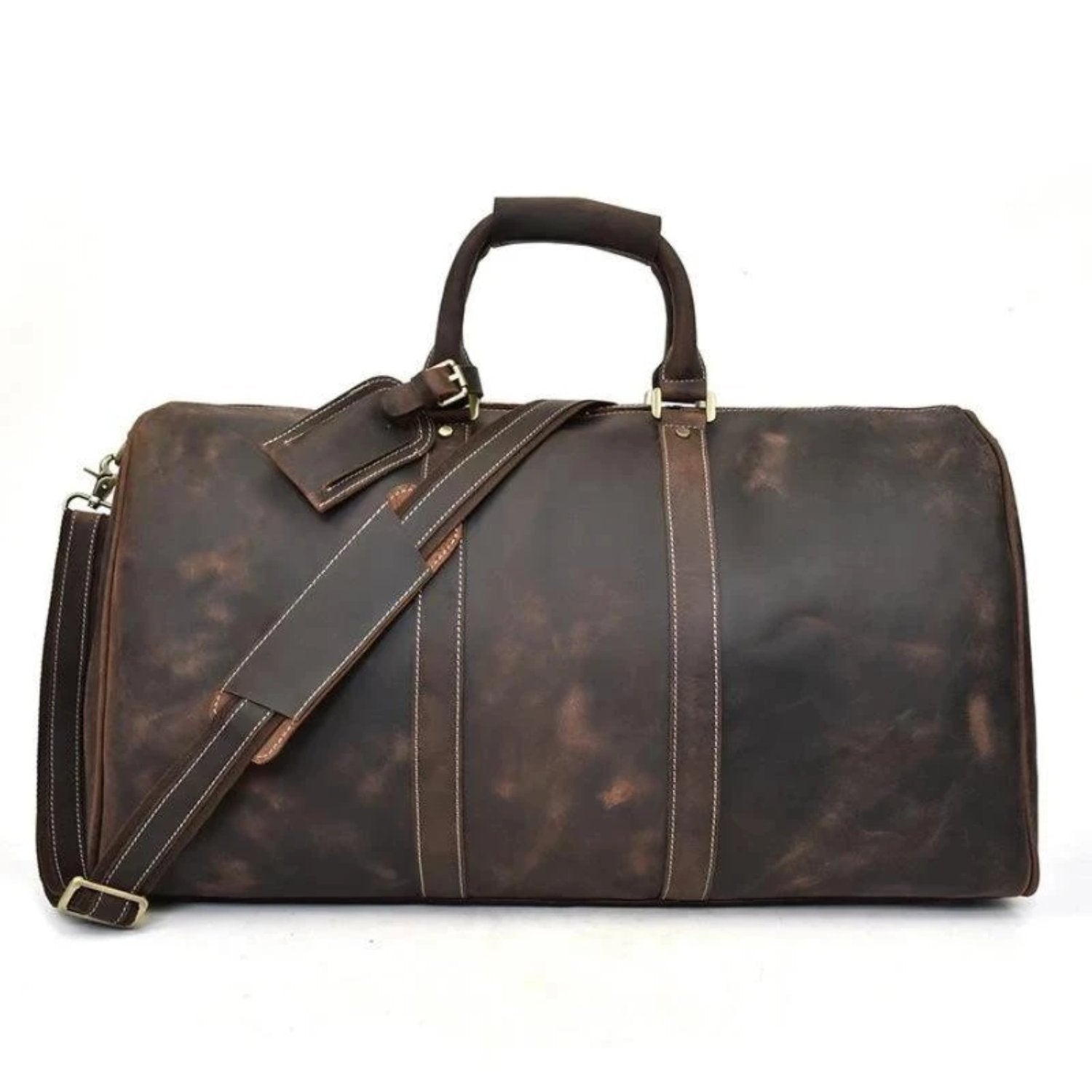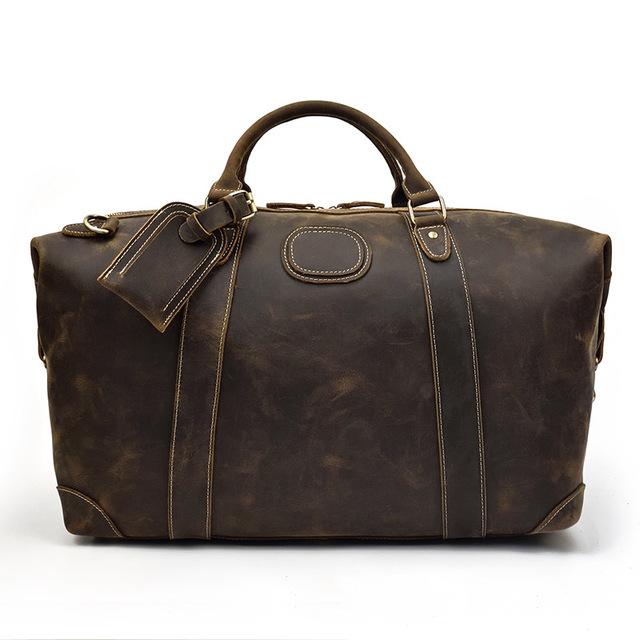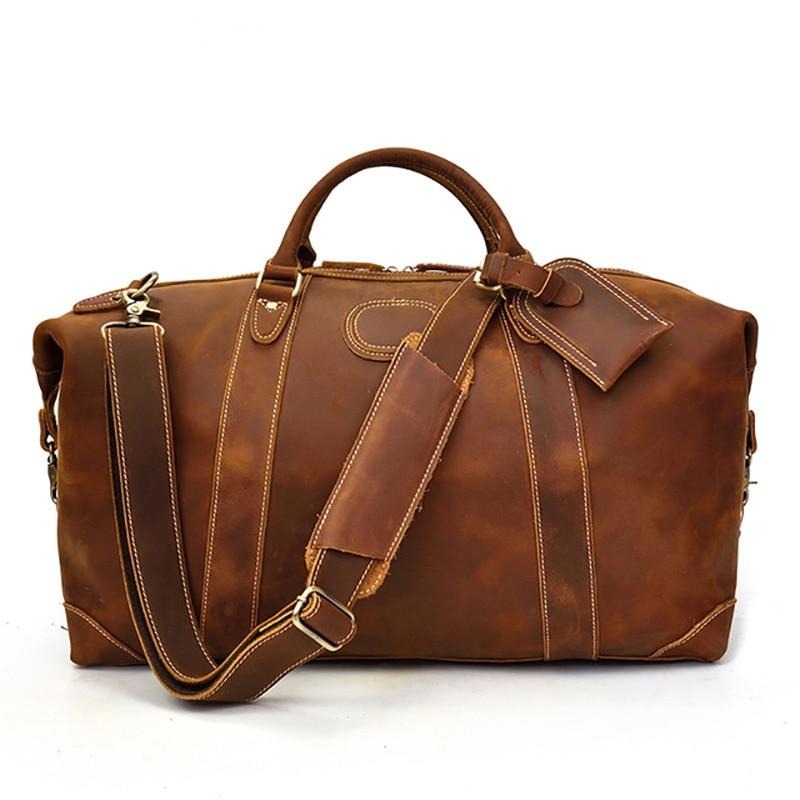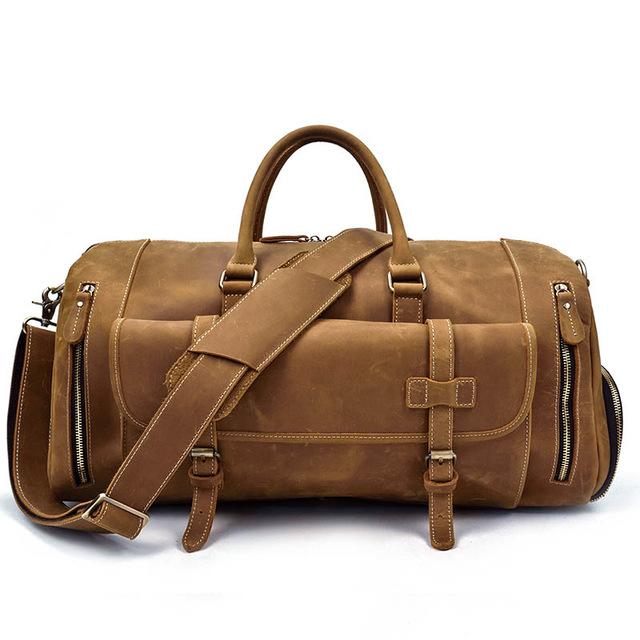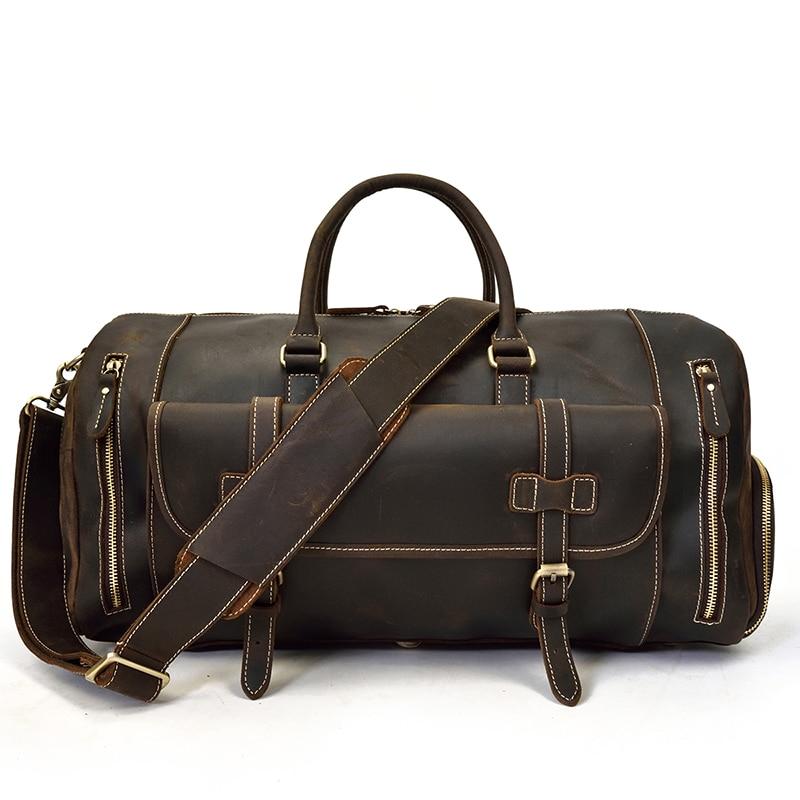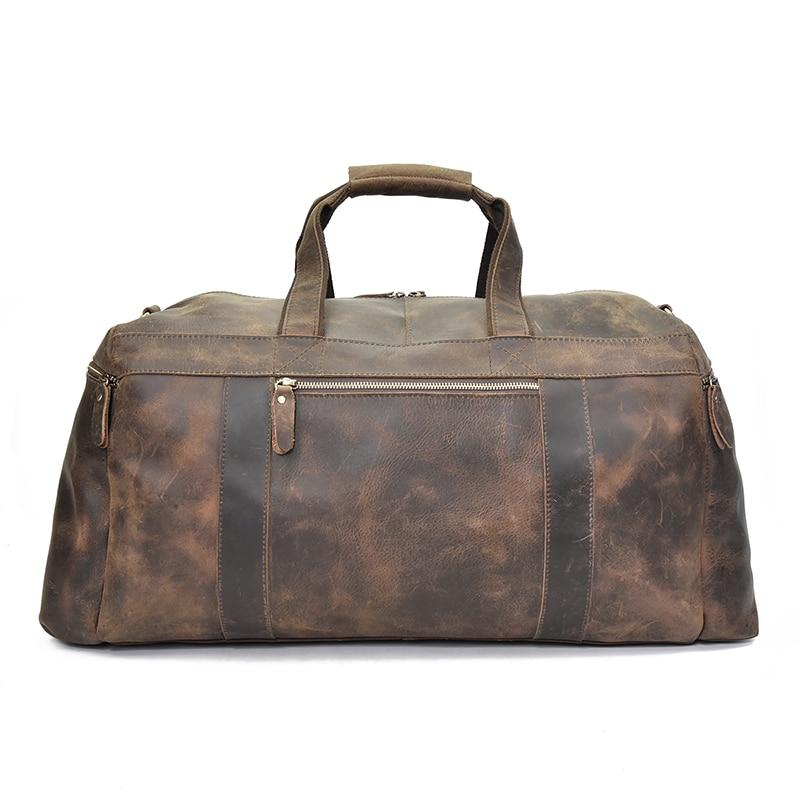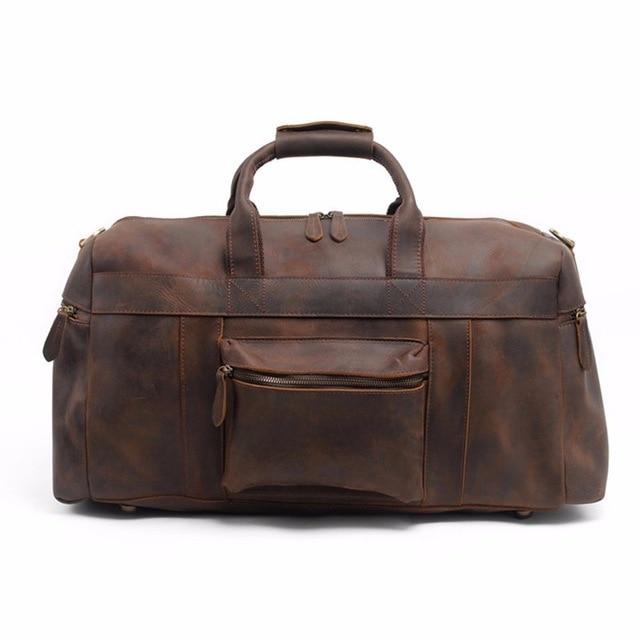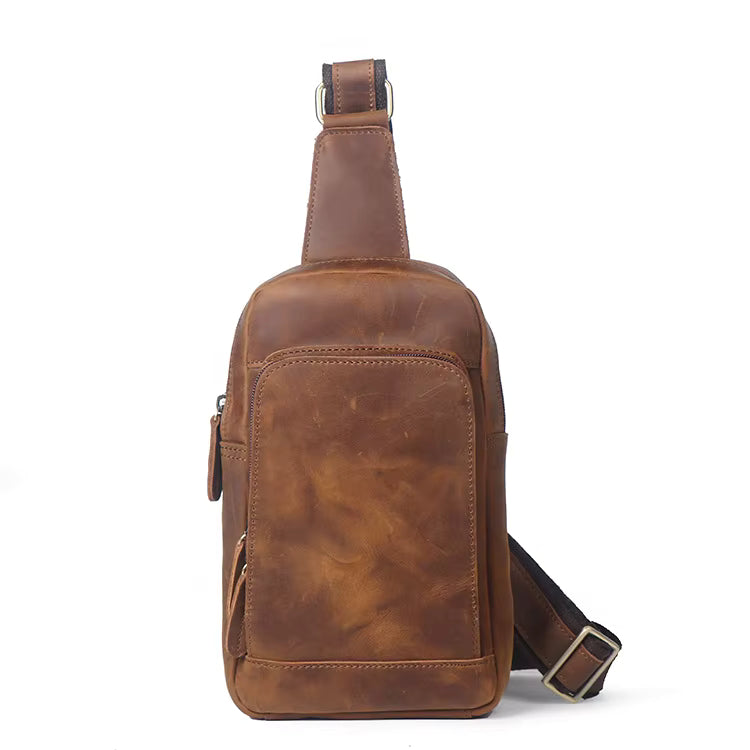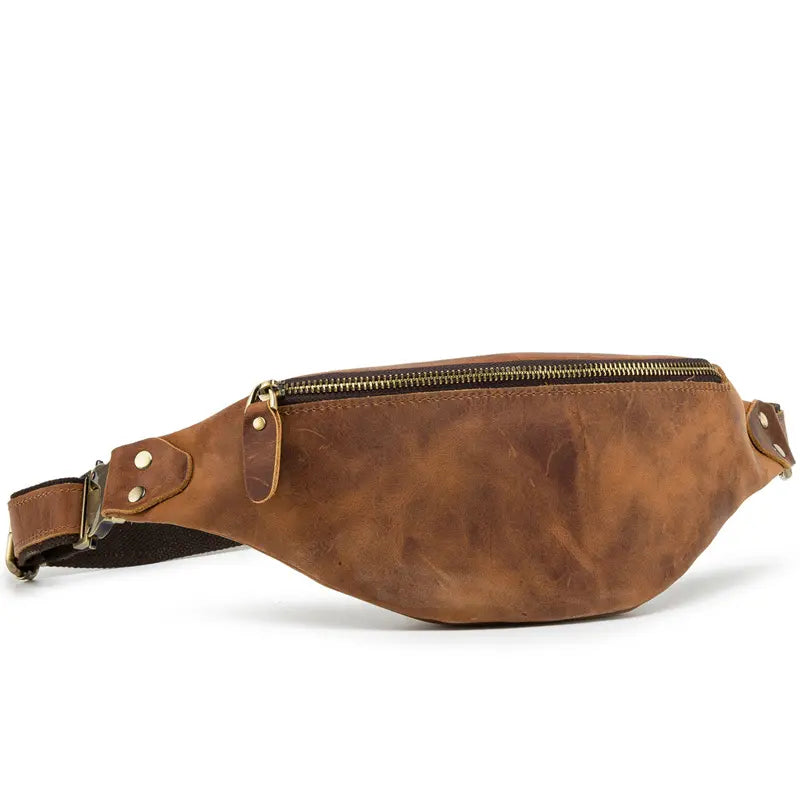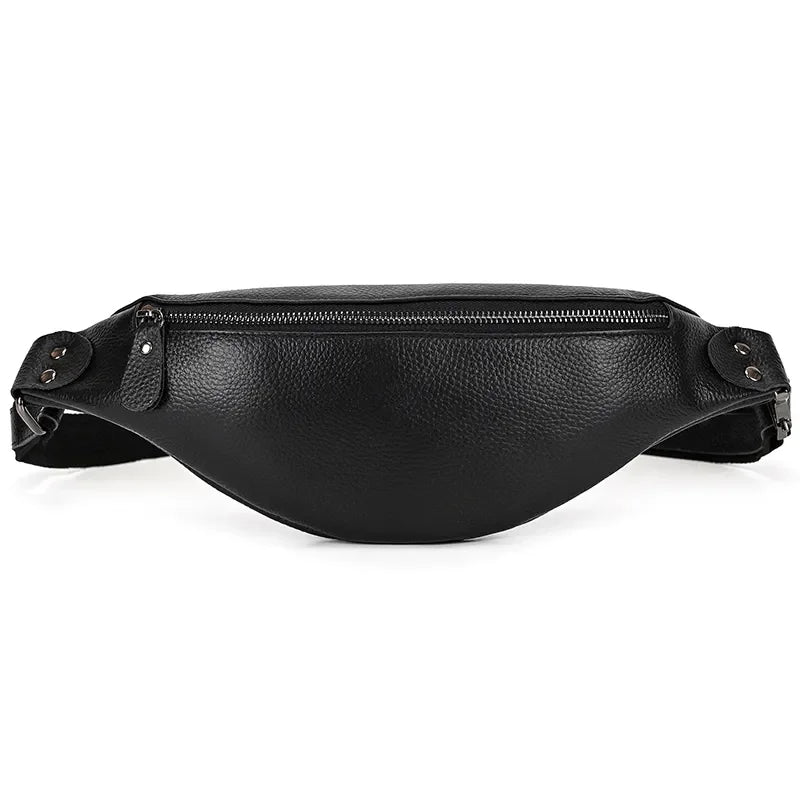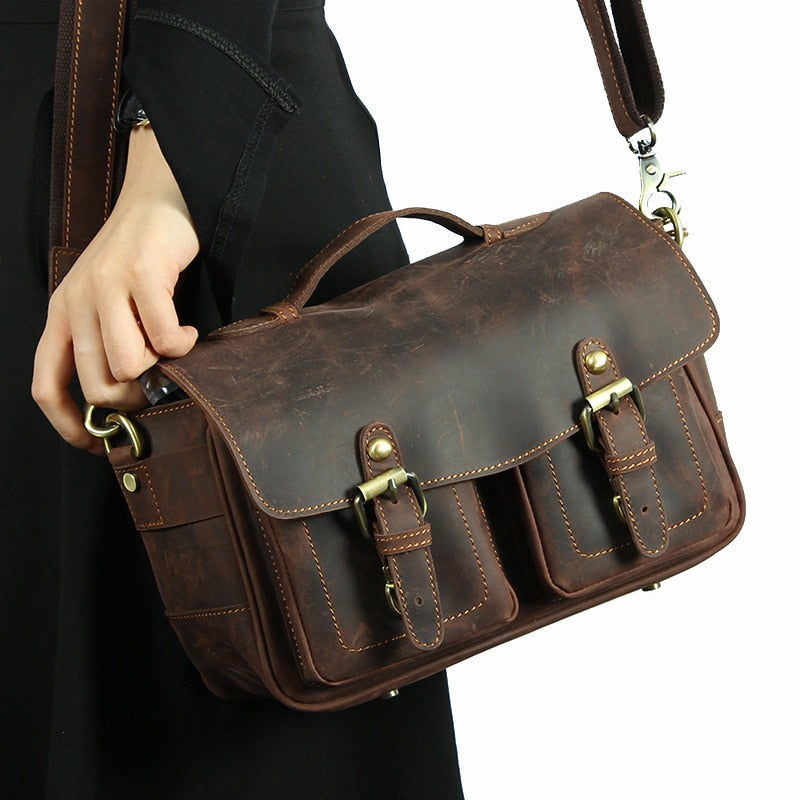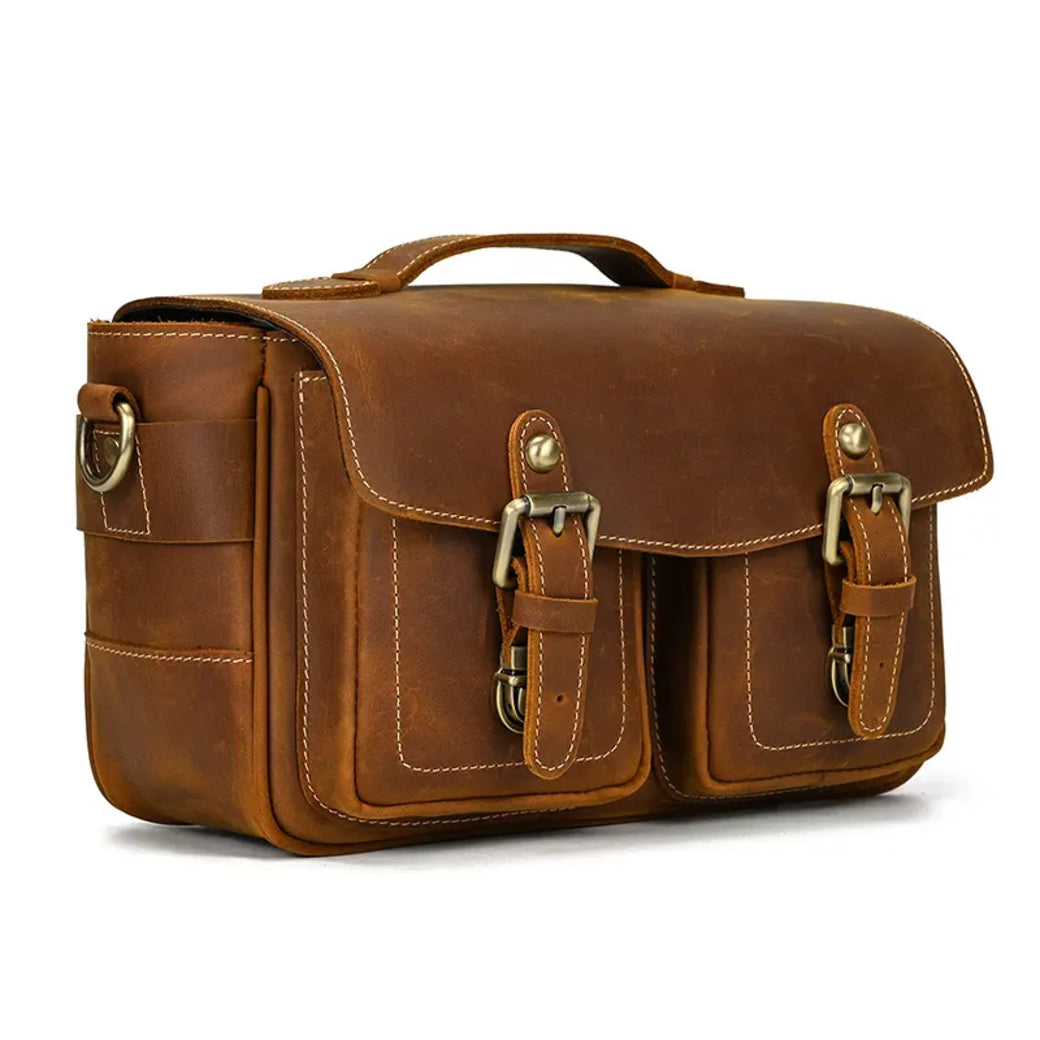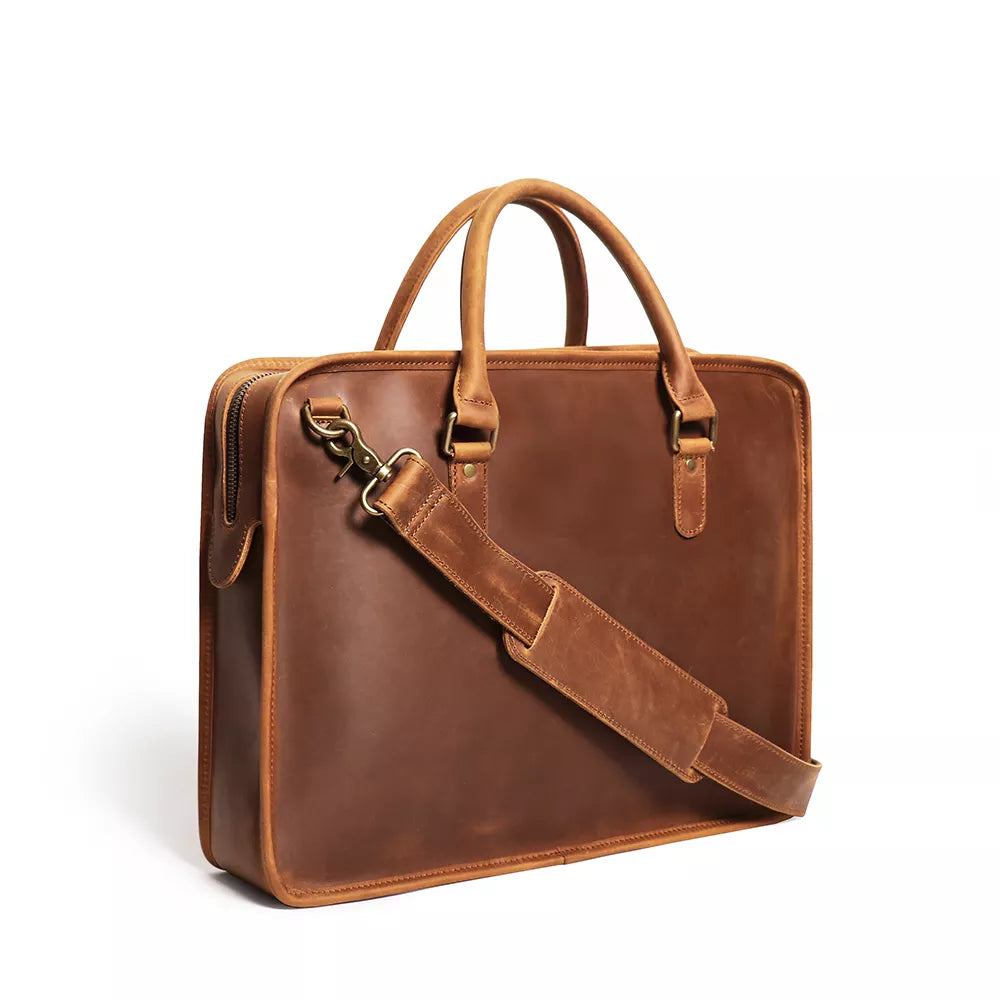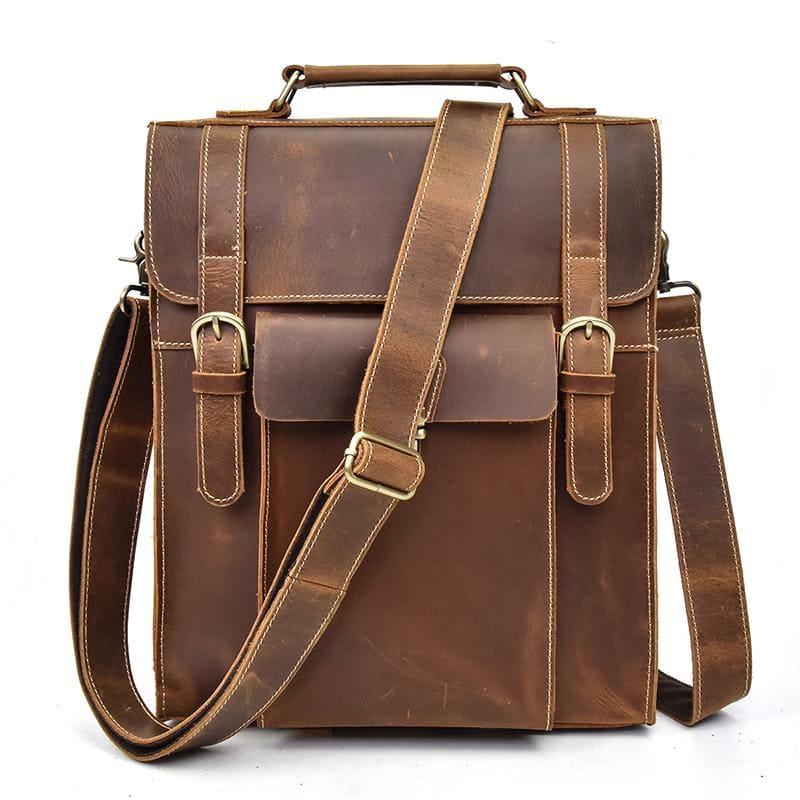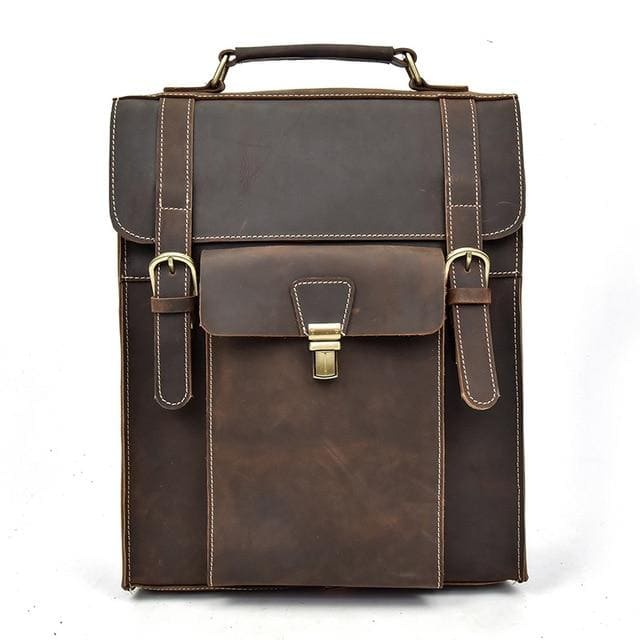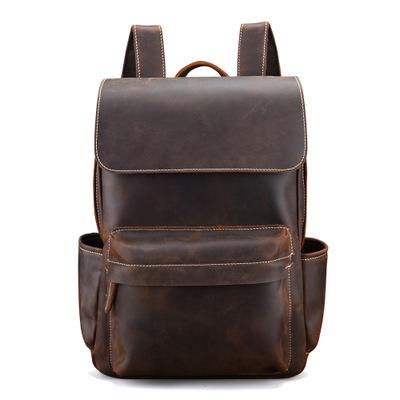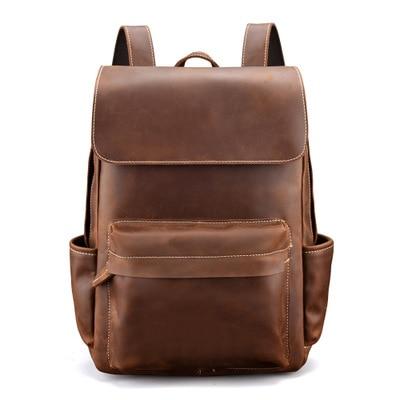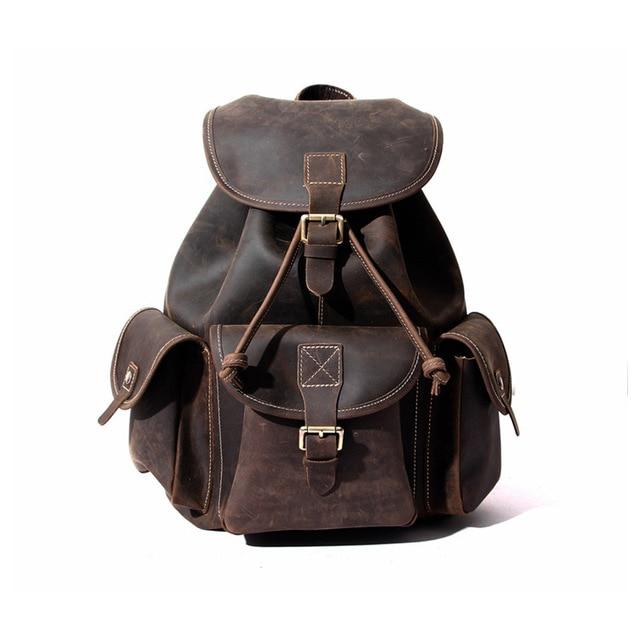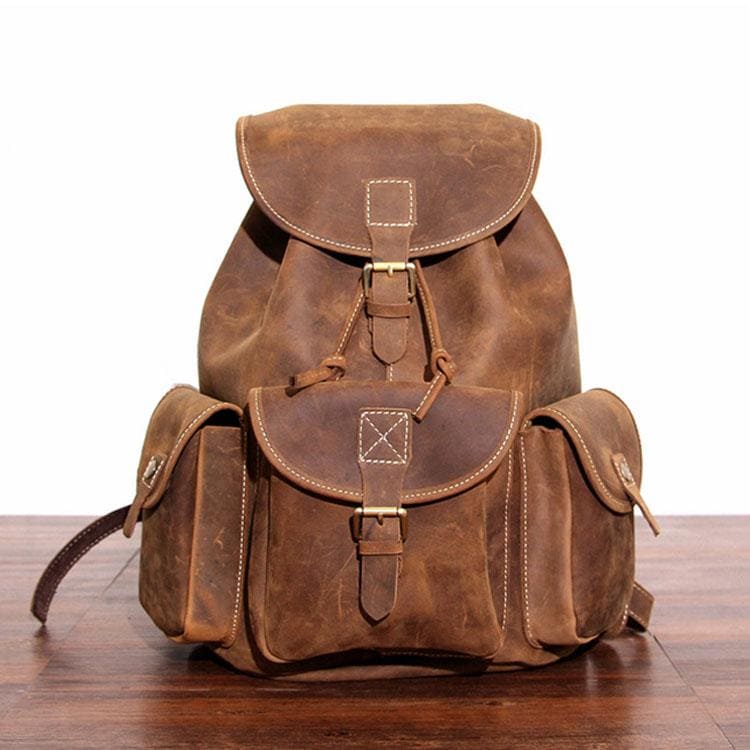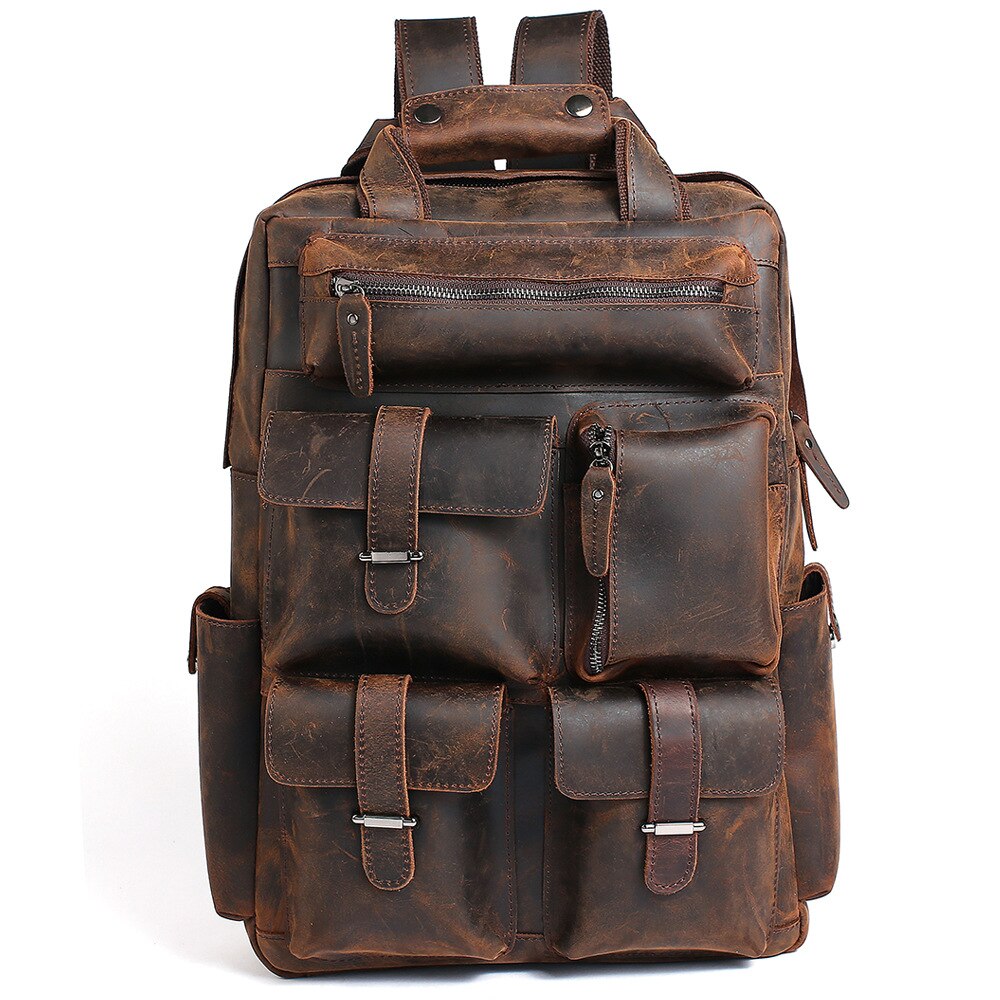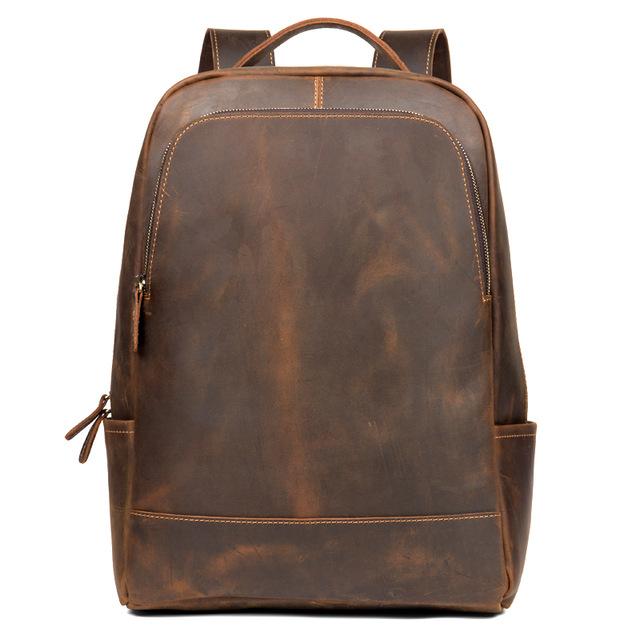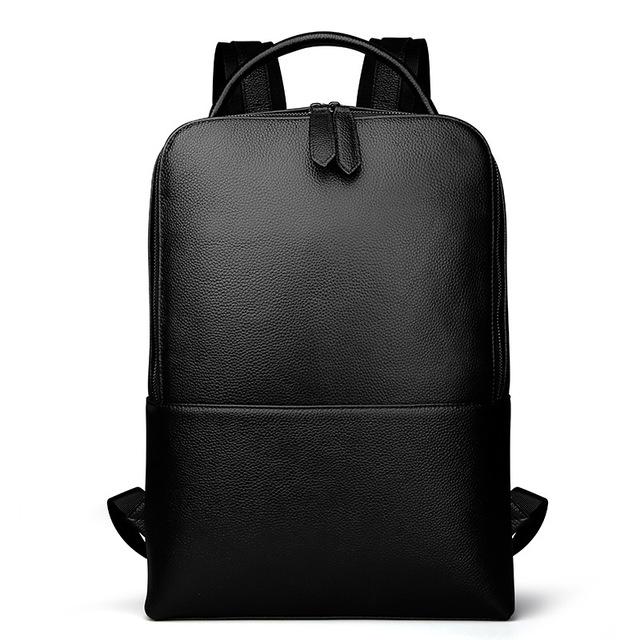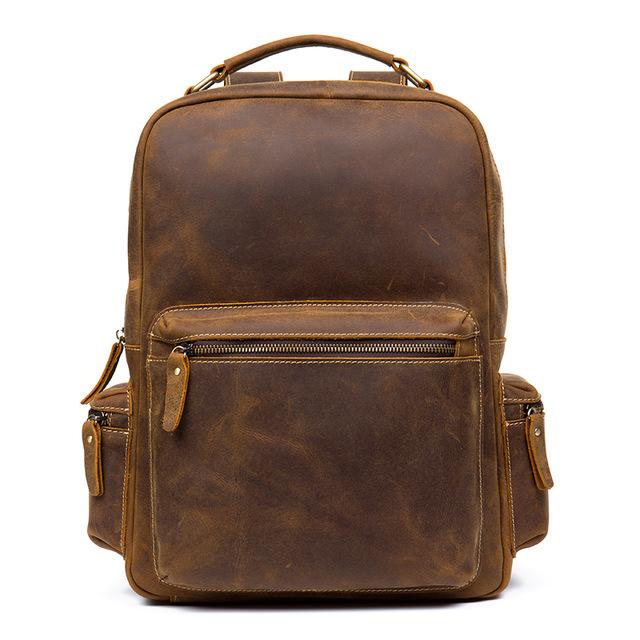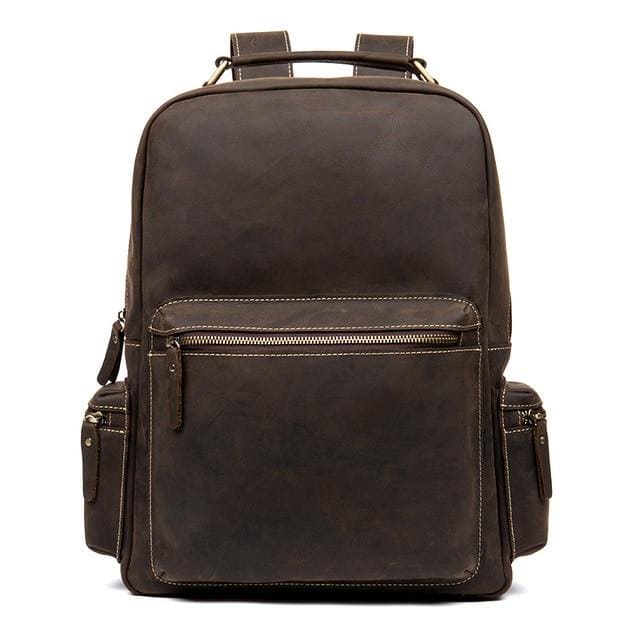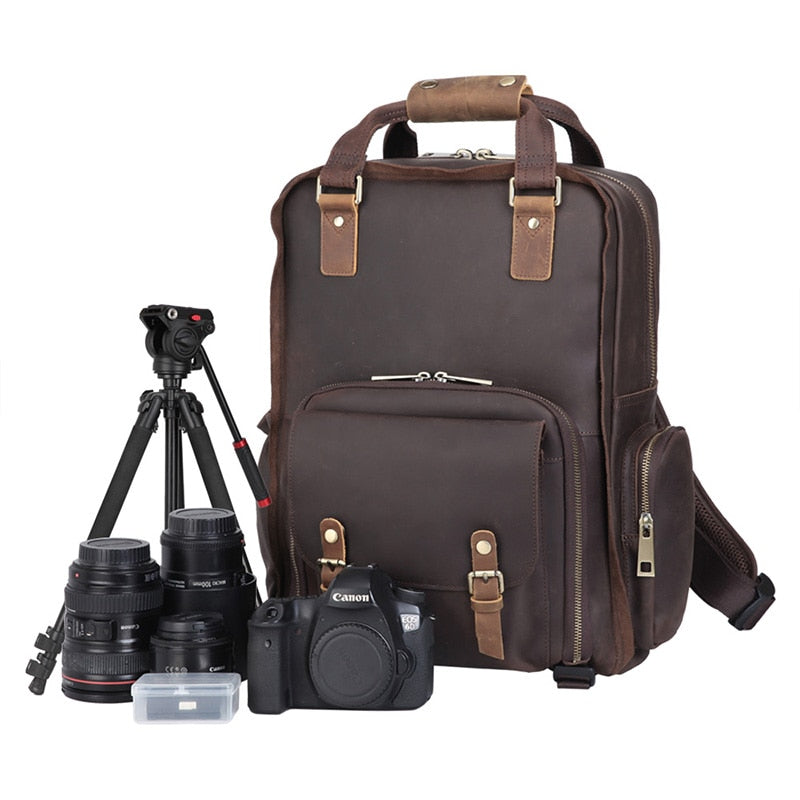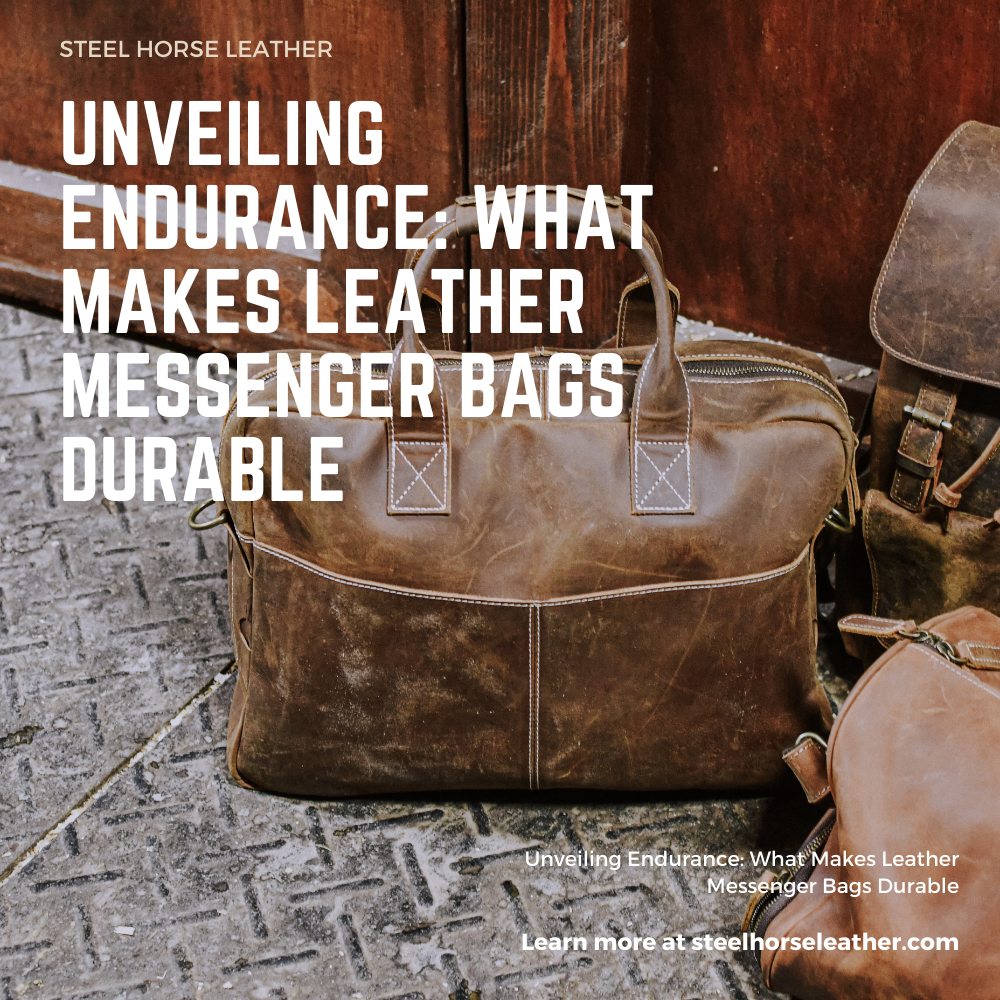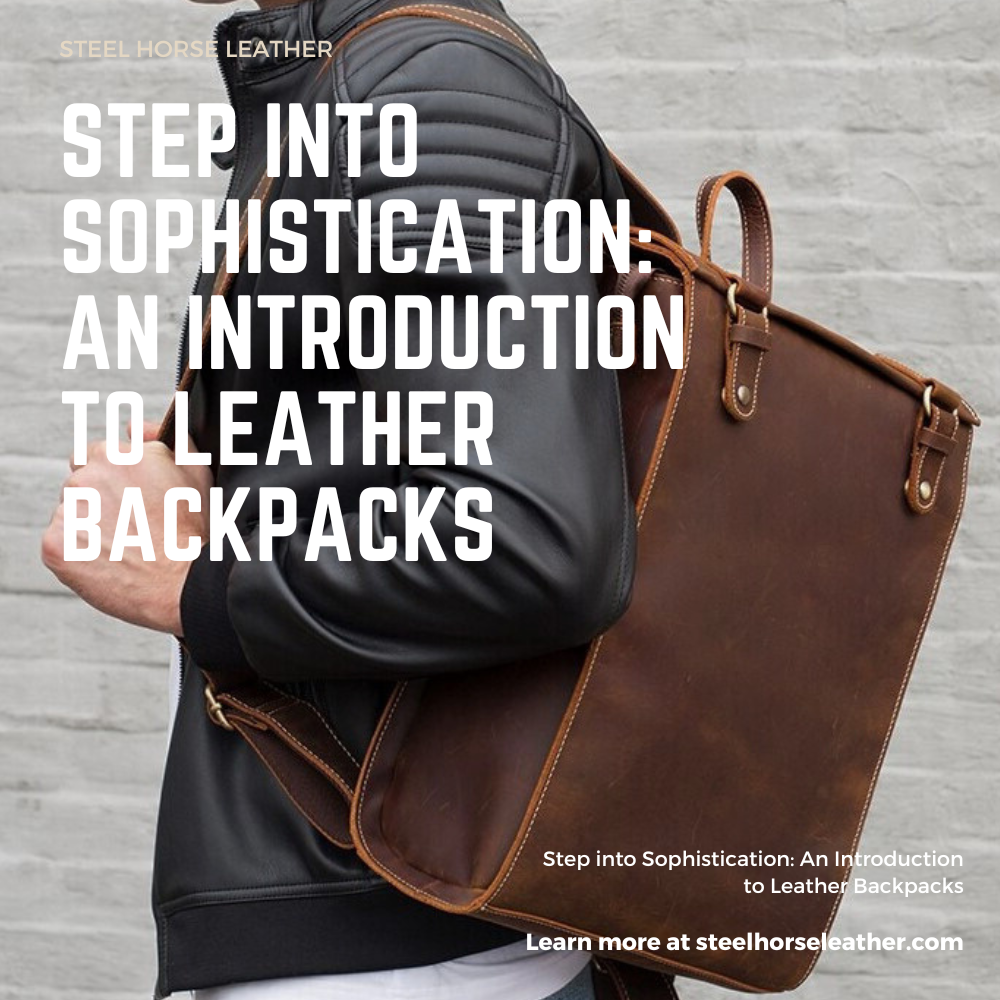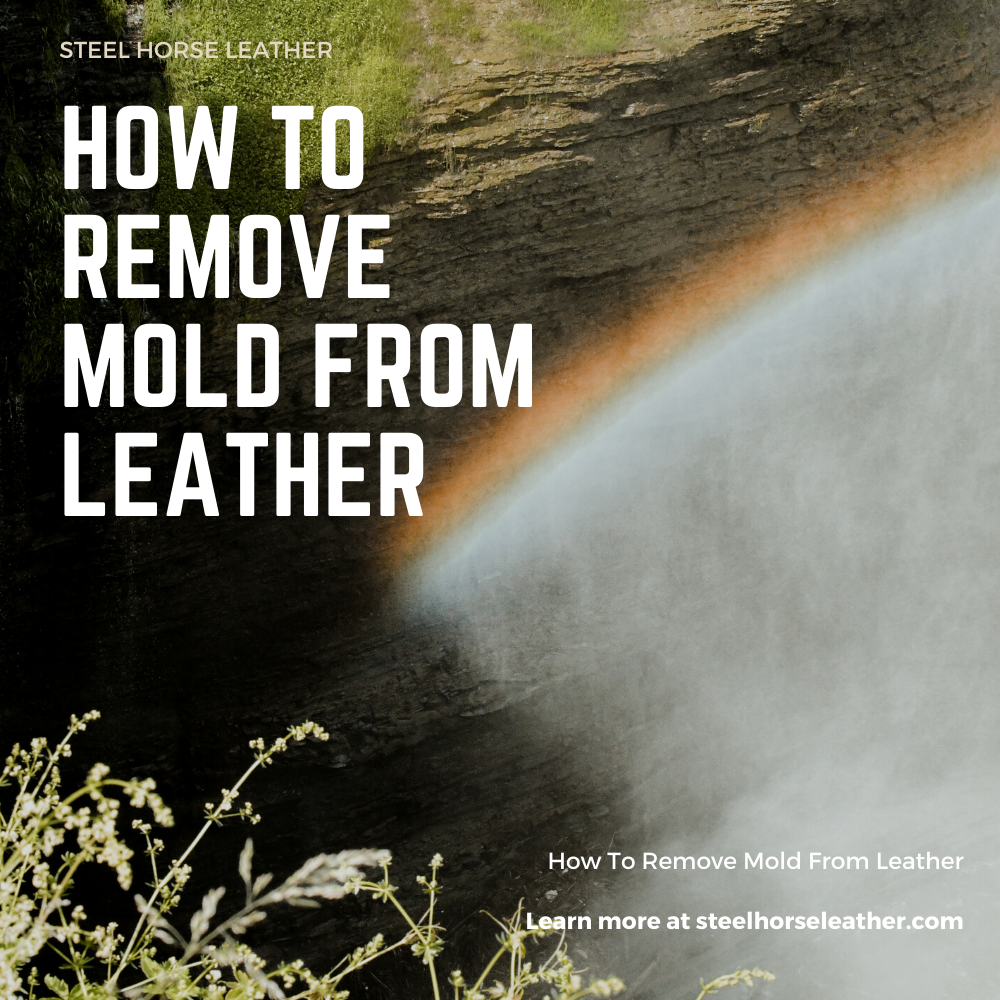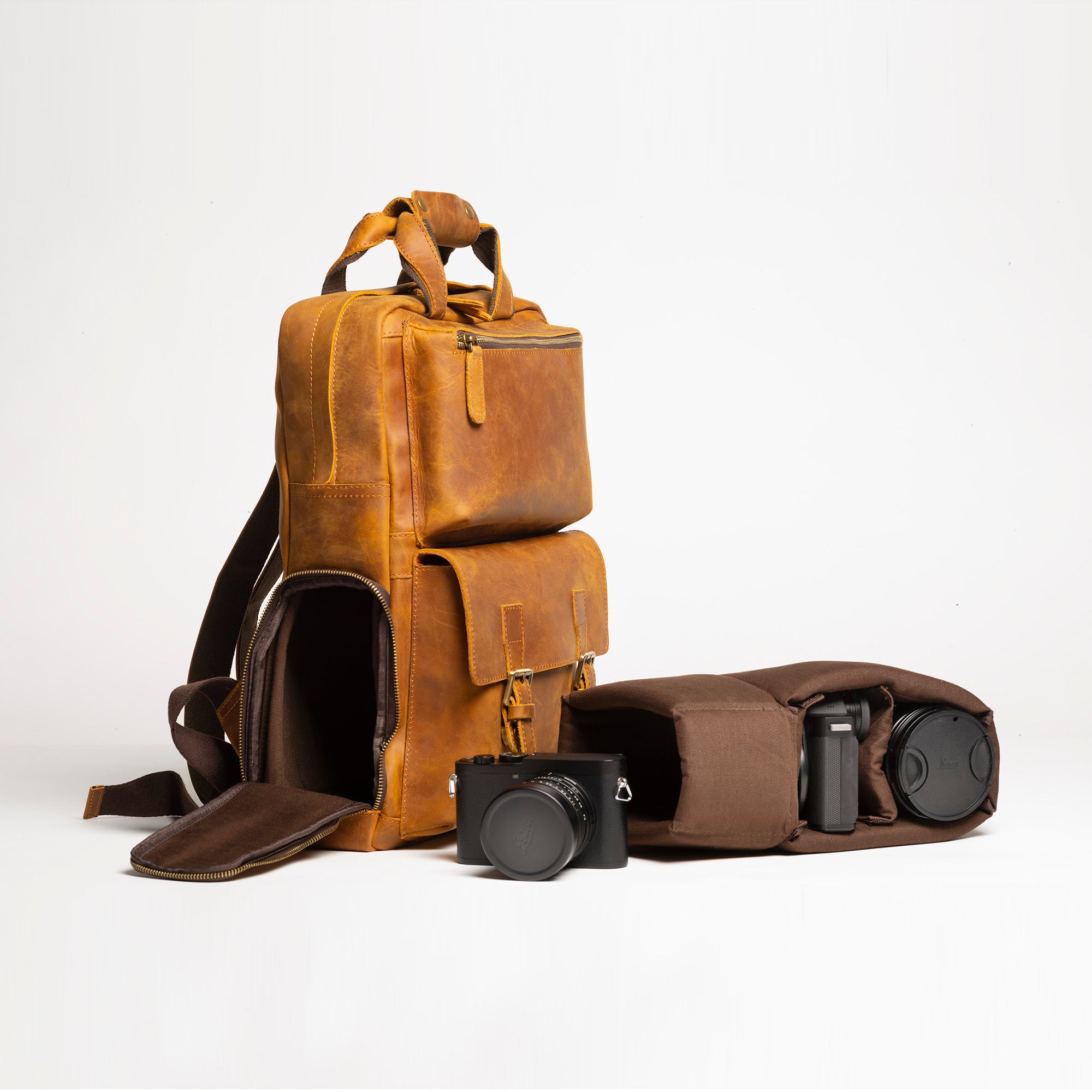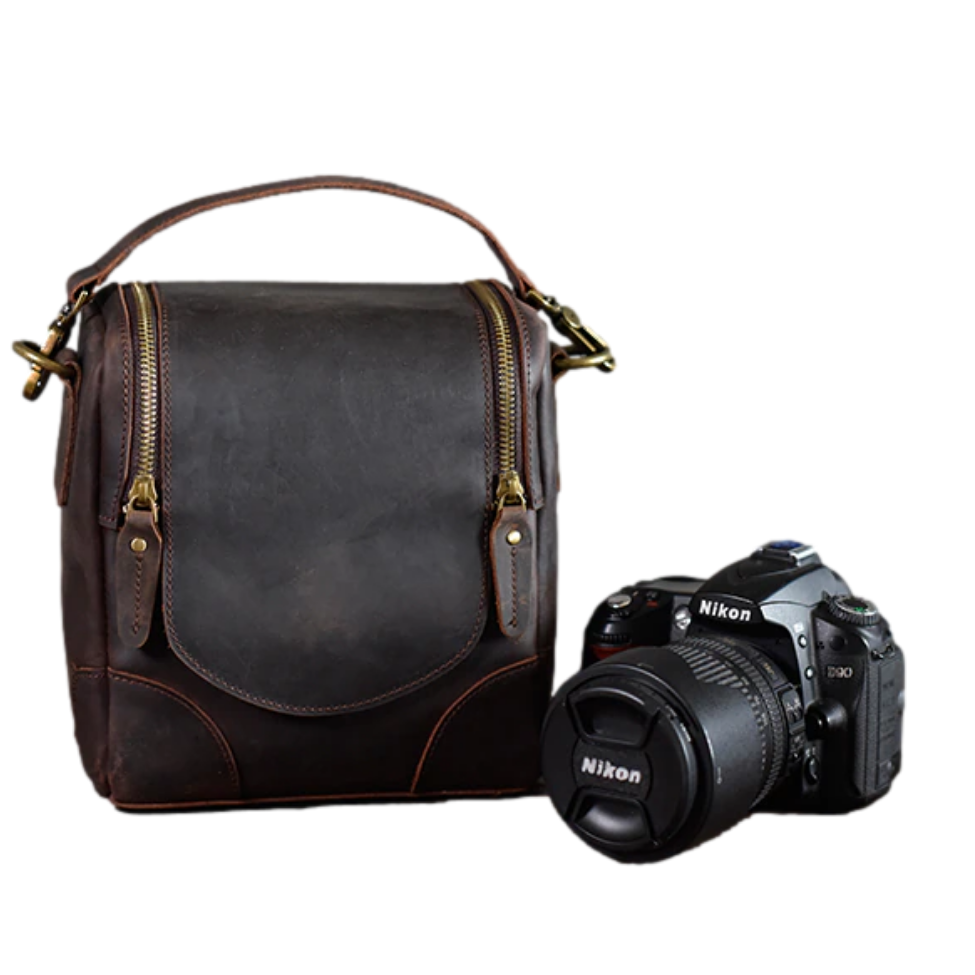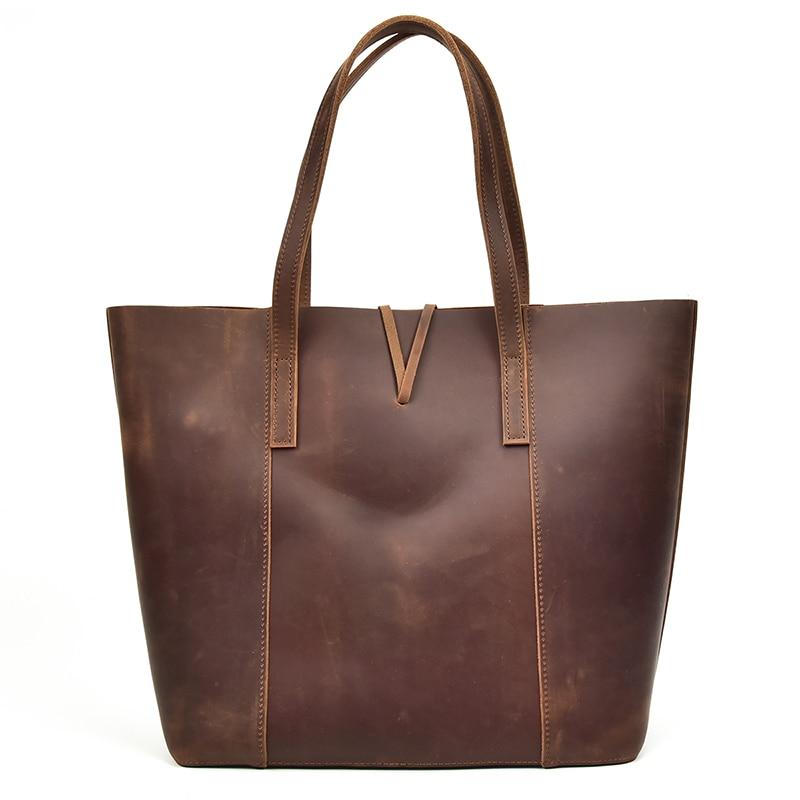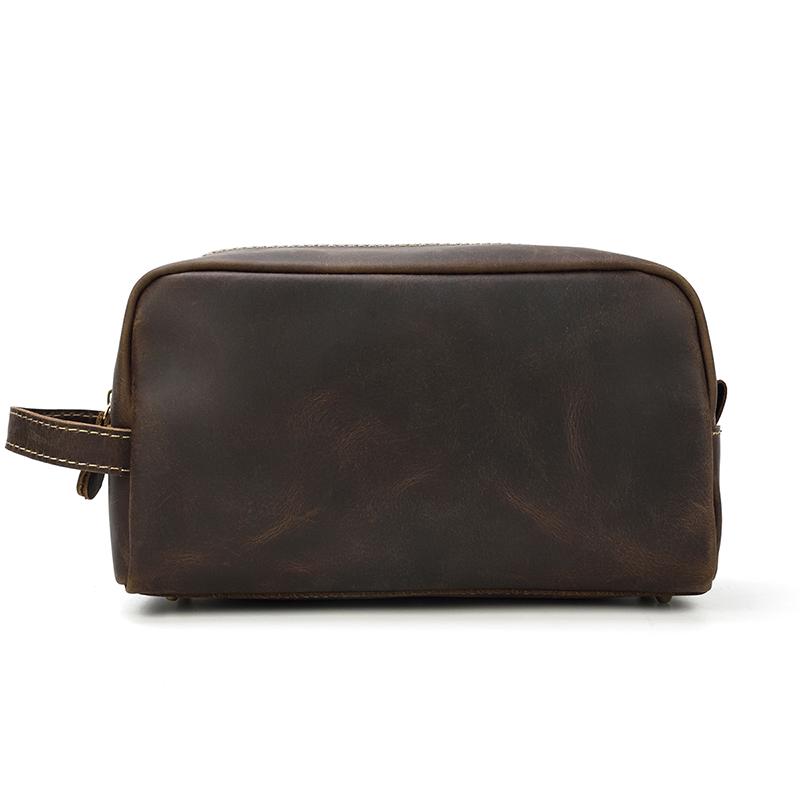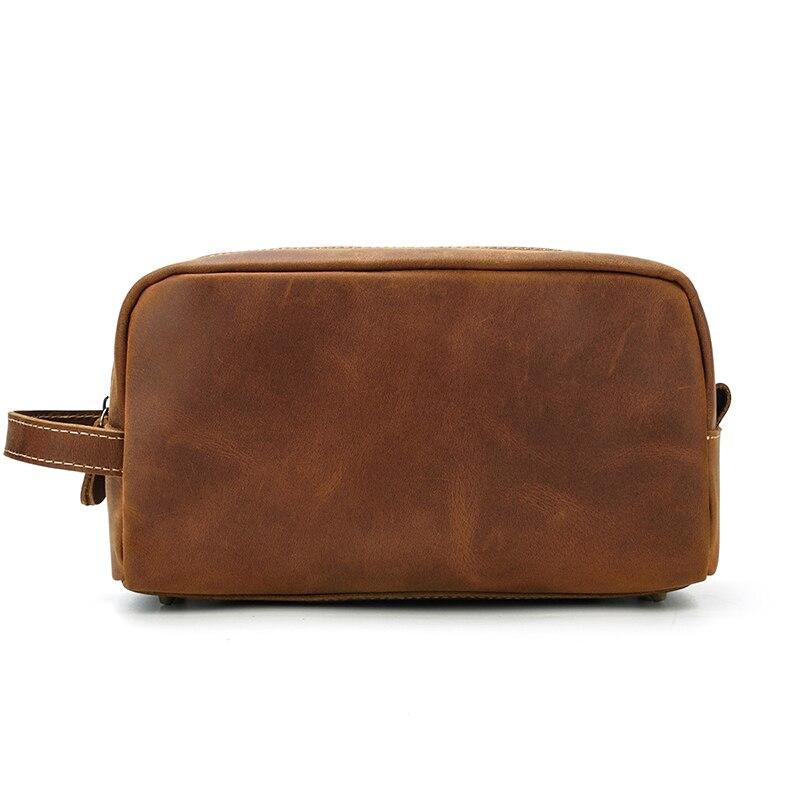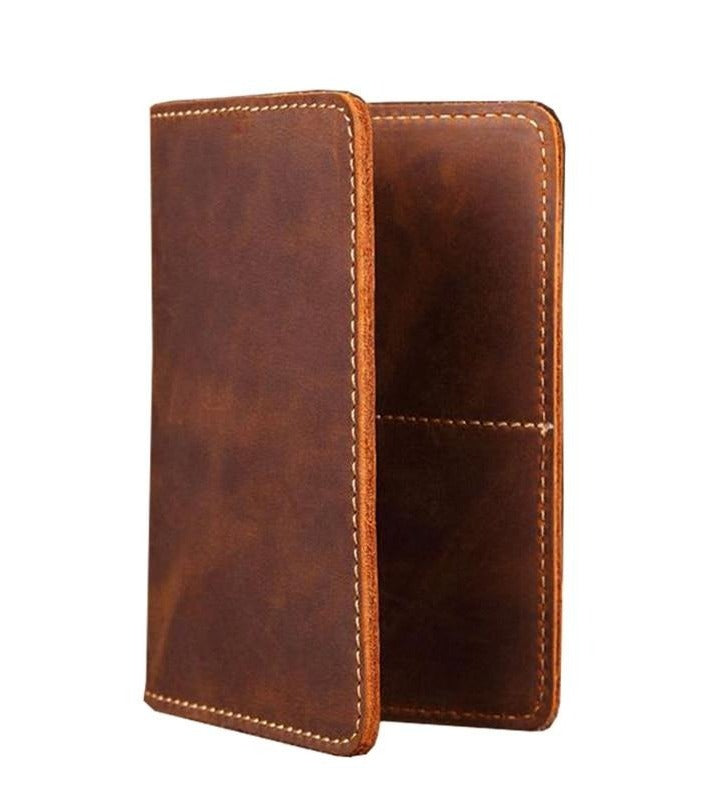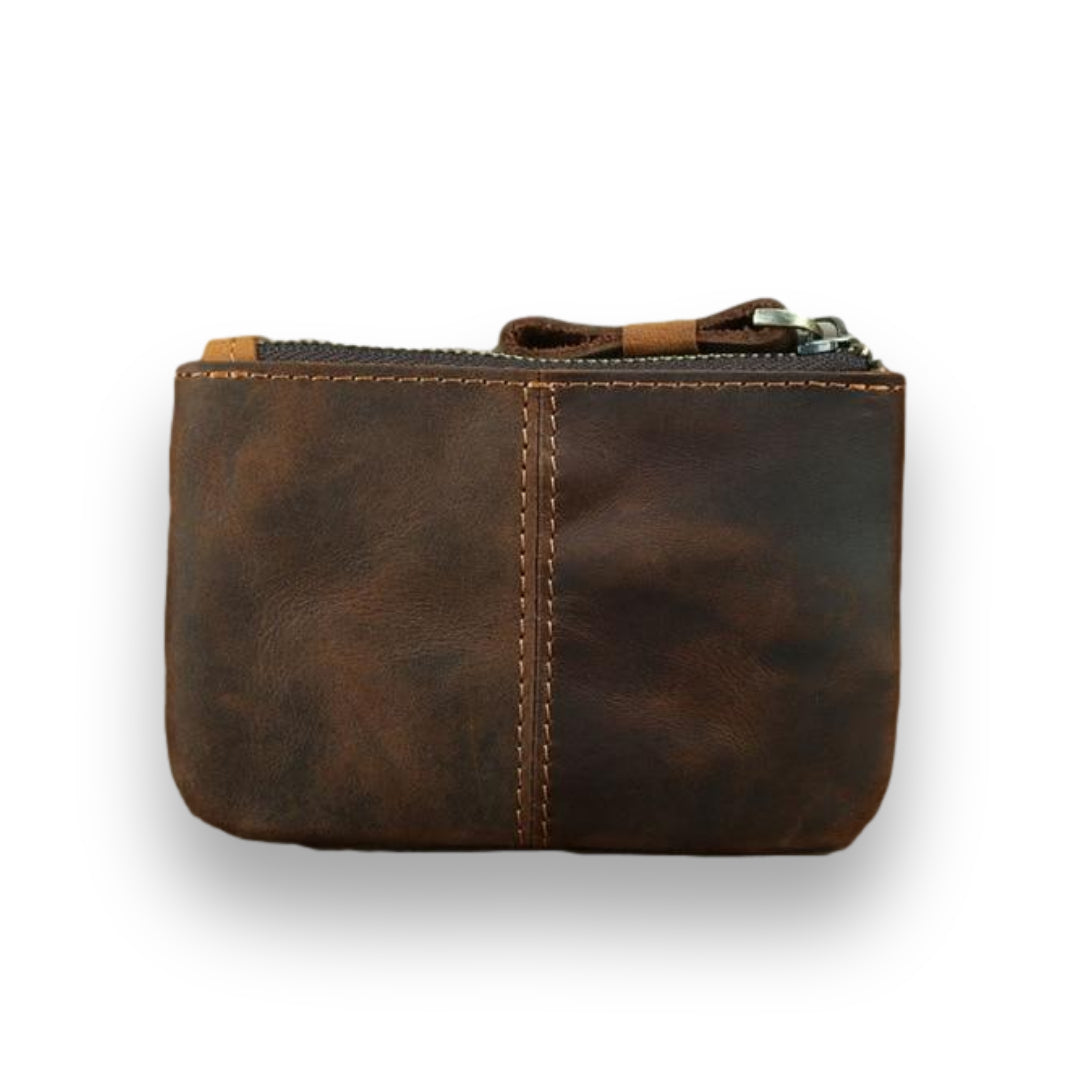Suede is a type of leather made from the underside of animal skin that has a soft surface and a napped finish. It is mainly made of sheepskin, but it can also be made of goatskin, cowskin, deer skin, pigskin, and other animal skins. Suede, on the other hand, is smoother, thinner, and less sturdy than full-grain leather, which is used to make Crazy Horse Leather.
Key Takeaways
- Suede is made from the underside of animal hides, primarily sheepskin, and is created by splitting leather to expose the soft, napped underside rather than using the tough outer grain layer
- While suede offers exceptional softness and aesthetic appeal, it is less durable than full-grain leather and requires more frequent conditioning and careful maintenance
- Suede is not naturally water-resistant and can be easily damaged by moisture, but protective treatments can be applied to improve its resistance to water and stains
- The quality of suede depends heavily on the animal source and age - younger animals produce softer, more desirable suede, with sheepskin being the most prized material
- Proper care involves regular brushing with specialized suede brushes, avoiding water exposure, and using appropriate conditioning products to maintain the material's flexibility and appearance
Why Trust Our Leather and Suede Expertise?
At Steel Horse Leather, our understanding of suede and leather craftsmanship comes from years of dedicated practice and an unwavering commitment to traditional leatherworking methods. Our master artisans have spent decades perfecting their craft, developing an intimate knowledge of different leather types, including the intricate process of creating and working with suede. This hands-on experience with various animal hides, tanning processes, and finishing techniques gives us deep insight into the qualities that distinguish superior suede from inferior alternatives.
We've taken a holistic approach to understanding every aspect of leather production, from sourcing raw materials to the final finishing processes. Our thorough vetting of leather providers has given us extensive knowledge of how different tanning practices affect suede quality, durability, and appearance. This comprehensive understanding of the entire leather supply chain allows us to share authentic, practical insights about suede care, quality assessment, and selection. When we discuss the differences between sheepskin, cowhide, and pigskin suede, or explain proper conditioning techniques, we're drawing from real-world experience working with these materials daily in our craft.
Leather Hide - The Grain

The grain is the leather hide's outermost surface. It is made up of tight, thick fibers. When the hair is cut, the grain is the layer that was exposed to the elements (air, rain, heat, etc.) and is normally very solid and smooth.
Leather Hides - The Grain and Corium Junction
The grain and corium junction is where the leather's close outer layer meets the corium's looser fibers. This junction combines the highly desirable grain layer with the corium layer's more fibrous and looser fibers.
Leather Hide - Corium
The corium is a layer found inside animal hides that is mostly made up of collagen fibers. These are more flexible and loose than the grain sheet. This layer, on the other hand, is ideal for the production of leather. The corium is the thickest layer of an animal's hide. As a result, after splitting a hide, pieces of the corium can be found in top grain or genuine leather items.
Leather Hide - Flesh
The flesh is the layer of the hide that is mostly made up of muscle and fat. It is not particularly useful for end-use leather applications. As a result, leather is usually broken to eliminate the layers above it, yielding usable material of various grades and qualities for the manufacture of leather goods.
When evaluating leather grades and quality, it is critical to understand how the leather is prepared, cut, and finished. Let's take a look at the most popular approaches.
The Origins of Suede

Leather is without a doubt one of man's most useful and early inventions. Our forefathers used it as a defensive covering against elements such as fire, cold, rain, and other hazards in the climate. Tanning methods are used to highlight the grain of the hide's outer layer. Grain sides will be inadvertently scratched and made unusable during the process. During the process of treating skins and hides of animals at the tannery, it was eventually discovered that these scratched grain sides could be used to make Suede. The animal hide's underside was carefully processed, and the material is used from the inside out, finally Suede is the result we have.
Suede is derived from the French word gants de Suède, which translates as "gloves from Sweden." Originally, the term referred to a particular kind of very soft gloves imported from Sweden. Suede was eventually coined to refer to any kind of soft leather material with a napped finish. Suede can be created from any type of animal skin. Furthermore, the age of the animal influences the material's consistency. Older animals have tougher and thicker hides, which results in a napped texture that isn't as smooth and light as people like.
Suede became a prominent fashion trend throughout the twentieth century. Suede has been used by well-known fashion designers such as Givenchy, Hermes, and Paquin due to its durability and delicate appearance. Designers from all over the world eventually collaborated with tanneries to create their own interpretation of the content. These partnerships resulted in the creation of one-of-a-kind techniques for producing this one-of-a-kind type of leather.
How is Suede Leather made?
Suede is a form of leather that is made from some type of animal skin. However, there are two methods for making it. The first strategy involves simply turning the animal hide upside down, exposing the weaker side of the hide. This technique, on the other hand, produces a sturdier material that lacks the fragile consistency of suede leather. As a result, this approach is not widely used.
The second method involves splitting the leather, scraping the upper grain, and exposing only the napped underside of the animal hide. Because the fuzzy material is apparent on both sides of the cloth, this approach is favored to the previous one. Furthermore, this produces a softer and more versatile material for producing leather clothing and accessories.
The Quality Level of Suede
In general, suede is a high-quality product, but not for the same reasons as other forms of leather are. Suede is more prone to damage because it is thinner and weaker. However, it is the softness and pliability that are highly regarded.
The animal from which the hide is derived, as well as its age, have an effect on the quality of suede. As previously mentioned, sheep are the most popular source of suede. Mature cows, on the other hand, develop a less desirable suede.
The tanning method and whether the leather is broken also have an effect on the consistency and applications of suede. If the leather is left in its natural state as full grain leather, it can be a thicker, more robust material with the familiar suede surface on one side. It is not, however, malleable. When it's split and supple, it's considered much better quality.
What Does Suede Look Like?
Suede has a comfortable feel as well as a decorative look. The suede "hand" of the leather has the appearance of closely packed short hairs. When suede is correctly washed, the color and grain remain consistent. It can appear less dense as well as darker if it is ruffled.
Suede can be dyed as well. While most leathers' natural color is the "tanned" color, quality leather suede fabric comes in a wide range of colors, from light colors to darker tones such as brown or black suede.
Products Suede Is Commonly Used For
Suede is ideal for footwear and other applications where a thicker leather would be too stiff. Suede is widely used in the manufacture of luggage, shoes, upholstery, curtains, gloves, and other accessories. It also works well as an inner lining for other leather items, bringing it full circle.
There is also faux suede, and it is important to understand that it is not the same as suede leather. This imitation textile is brushed to give it a nap similar to suede leather, but it falls short in terms of consistency.
What is the Difference between suede and full-grain leather?

What is the difference between suede and full grain leather? is one of the most commonly asked questions when it comes to buying leather.
To begin, suede is a common form of leather that is distinguished by its velvety surface. It is usually made by breaking leather to expose the underside of an animal hide, resulting in a napped surface. It can, however, also be made from full-grain leather. Suede is common in upholstery, shoes, bags, and even curtains due to its naturally decorative and aesthetic qualities. Despite its stylish and fashionable characteristics, the material is not as durable as full-grain leather. To keep its good looks, it must be properly cared for.
Full-grain leather, on the other hand, is made from the strongest and most durable component of the animal's skin. Crazy Horse Leather, the material used in our The Erlend Duffle Bag, is the highest quality full-grain leather available. Full-grain leather is resistant to moisture damage and has a very attractive visual look that ages beautifully over time. It creates a pleasing patina on the surface and provides a layer of protection as it is used on a regular basis.
Caring and Cleaning for Suede
You're probably aware that you shouldn't use water on suede. However, there are a few tips and tricks you should be aware of in order to properly care for your suede leather.
Using a sealant will aid in the protection of your suede leather products. To help keep the nap fresh, use a suede brush or a dry, clean toothbrush. Talcum powder is excellent for removing wet stains. However, if the stain has already dried, try a small amount of white vinegar. And, as with all leather forms, professional cleaning is always an option.
How to Condition Suede Leather
If no surface finishes are applied to Suede leather, the leather fibers dry out faster than on other forms of leather. As a result, it is important to condition unfinished suede leather more regularly. In general, this entails adding a wax, oil, or cream to the surface and allowing the leather to absorb it. When leather is conditioned, it becomes more supple, flexible, scratch resistant, and feels better in the hand. Apply the leather conditioner in straight motions around the surface in varying directions, just as you did when washing it. Because the surface is a nap of raised fibers, the conditioner will be distributed more uniformly and will not be concentrated too deeply in any one region.
After thoroughly cleaning the surface, apply the conditioner with an applicator, soft cloth, or brush. Make sure the brush is very soft and designed for use on suede leather. Excess conditioner should be washed away with a clean, lint-free towel.
If desired, a protective finish can be applied at this point. The advantage is that it would make the leather more water and scratch resistant. The disadvantage is that it can add a coating on the leather surface that conceals some of the attractive look and feel of natural leather. Protective finishes are usually natural waxes (such as carnauba wax) or synthetic waxes/acrylics that aid in the water resistance of the surface.
Does Suede Leather Scratch Easily?
Suede leather scratches easily. Suede is a natural leather that is often unfinished, meaning scuffs will leave traces. Because the surface is composed of numerous tiny raised fibers, the scratch can be concealed by brushing the fibers in such a way that the scratch is covered. While this material is not as smooth as unscratched suede, scratches are common as a result of normal wear and use.
How to Fix a Scratch on Suede Leather
There are many methods for repairing scratches in leather. Depending on how big and deep the scratch is, you'll usually try a simpler approach before moving on to the next. Because natural leather contains several fibers and originally contained oils in the skin, adding oils back into it is typically the first step to try in repairing a scratch.
Rub your finger over tiny bruises to try to buff them out. If the scratch is deeper, try applying leather conditioner to the scratch and surrounding area and buffing it out after a few minutes. If that fails, try brushing the leather fibers (using a smooth, suede-safe leather brush). It can change the fibers sufficiently to cover the scratch partially or completely.
If the scratch is particularly wide or deep, you will need to use a leather filler kit. They usually contain a material that can be pressed through leather cracks/cuts to fill them in. The substance usually has color matching choices, so it has a similar visual appearance to the existing leather. Follow the kit's precise directions, but once it's dry, the surface may normally be smoothed and conditioned.
If you have suede shoes, boots, coats, or something else, you might have noticed that they quickly pick up scuff marks and discolorations with use. How are you going to patch them? Surprisingly, a pencil eraser may suffice. Minor scuffs and stains may be removed by gently rubbing an eraser over the discolored areas. The friction of using the eraser raises the dirt and fluffs up the suede fibers, restoring the boots to new condition. The same method can be used on a suede bag as well as a men's suede jacket. Almost every time, it works flawlessly.
How to Fix Tears in Suede Leather
Tears in suede leather are sometimes repaired by stitching. Although ripped or torn leather may be joined back together, the repaired tear will never look as smooth or finished as the original piece (those joined fibers actually made up the original hide). A fine, sturdy thread may usually be used to stitch through small holes and patch a tear.
Leather glue may be used to repair smaller tears. It will link the two shattered areas. It would be less visible if the adhesive is chosen in a color that is similar to the original leather color. If the glue available is a very different color, the glue can be painted with an acrylic paint that closely matches the leather color after it has dried. Acrylic paint is great for this because it is flexible, which is particularly useful when applied to leather goods.
How to Store Suede Leather
The majority of leather should be stored in a cool, dry, dust-free environment. Low-average humidity conditions are generally beneficial to leather goods. Air movement is also advantageous since it enables the natural fibers of the leather to "breathe."
If the leather is kept in a sealed atmosphere, the humidity can increase, causing the leather to deteriorate and mold. In a low-humidity setting, the leather can begin to dry, which can lead to cracking and weakening of the fibers. If your suede leather shoes or boots are wet, give them plenty of time to dry out (usually 24 hours or more) before storing them.
A dressing room or closet with an average livable temperature, humidity level, and regular airflow is a good place to store suede leather. Some leather products have storage containers. They are usually made of a breathable fabric that aids in keeping cut off. If one of these is open, storing it in one of these is a great option. Suede leather is distinct in that its surface has a elevated and soft texture. When considering options for a leather project or new leather good purchase, suede provides a surface that will stand out visibly and last for years.
Is Suede Leather Water Resistant?
No, suede leather is not water resistant in general. Furthermore, when wet, the elevated fibers draw and hold more water. However, since suede leather is a natural fiber, it can get wet without causing permanent harm. When wet, the color usually darkens. Allowing the leather to dry can cause it to lighten in color and return to nearly its original state.
Finishes may be added to suede leather to make it water resistant and, in some cases, water proof if desired. Covering the attractive surface of suede, on the other hand, removes some of the feel from the raised fibers and makes it more difficult to condition the leather after a hard finish has been applied.
How to Waterproof Suede Leather
If you've bought a suede leather item that you want to use in extremely wet weather, or if you've made a piece that you'd like to cover from the elements, you can waterproof it. It can be treated with a wax protectant to make it more water resistant. The wax can be properly applied to the leather after it has been washed and conditioned. After a few minutes, the wax is usually buffed out, leaving the leather with a smooth and friendly shine. It also acts as a water repellent shield.
Acrylics or synthetic protectants may be added to the leather surface for longer-lasting and more durable finishes. However, the thicker the layer of water proofing (usually a form of wax), the more difficult it is to later penetrate, clean, and condition the leather underneath.
Types of Suede Leather
Suede is a versatile material known for its soft, napped finish. The type of suede leather and its characteristics are primarily determined by the animal hide it comes from. The most common types are sheepskin, pigskin, and cowhide, each with unique properties that make them suitable for different uses.
| Type of Suede Leather | Key Characteristics | Durability & Usage |
|---|---|---|
| Sheepskin Suede |
|
|
| Pigskin Suede |
|
|
| Cowhide Suede |
|
|
Sheepskin Suede Leather
The most common animal hide used for Suede leather is sheepskin. It is well-known for its pliable and brush-textured surface. Furthermore, it is the lightest and most delicate suede among all the others. Despite the fact that it is not waterproof, it is an excellent clothing material for keeping you warm during the cold winter months.
Pigskin Suede Leather
This is the least common of the three types of animal skin. This is due to its harder and firmer texture, as well as its shorter nap. Nonetheless, pigskin is still used because it is the most durable of all the materials and can last a long time.
Cowhide Suede Leather
Cowhide is the last but not least. As previously mentioned, the age of an animal influences the consistency of suede leather. As a result, calves grow softer and lighter hide than older cows. Cowhide is as soft as sheepskin, but it is not as common. Despite this, it is extremely robust and long-lasting.
Different animal skins result in different kinds of Suede leather for different leather accessories. It is undoubtedly a fashionable and trendy material that has been in the fashion world for ages.
Advantages and Disadvantages
Advantages
Suede has a range of benefits over other forms of lettering as well as other fabrics.
Its appearance and feel make it a famous material. The nap distinguishes it from other materials. It is very sturdy since it is made of hide.
Disadvantages
One of suede's main benefits is also one of its main disadvantages. It is not as durable as other forms of leather due to its thinness. Of course, it's not a complete failure; it's just not as tough.
Furthermore, the nap can trap dirt, oil, and moisture, making suede more resistant to staining and injury. Proper treatment will help avoid this, but it's always something to be mindful of. Suede quality can also vary, but it's usually easy to tell just by the feel of the piece.
FAQs
Is Suede real leather?
Yes, Suede is a type of leather that is made in a similar manner to Nubuck, with the surface sanded to leave the surface with a slight nap of short protein fibers. Suede, on the other hand, is made from split leather rather than full grain leather.
Is suede leather good?
Yes, suede leather is a great option. Although it is not as sturdy as Nubuck, Top Grain, or Full Grain leathers, it is a natural leather fiber that can last for decades with proper leather care and maintenance. Suede is used in some of the most expensive clothes and shoes.
What is faux suede?
Faux suede is a synthetic fabric that is commonly used in clothes, boots, and upholstery. It is intended to resemble standard suede, a leather product manufactured from the undersides of animal skins.
Can you stretch a suede leather jacket?
Suede goods necessitate special care to ensure proper care and a perfect match. Stretching out a pair of suede pants or shoes, for example, may mean the difference between keeping and giving away or selling fashion pieces. The key to stretching any suede garment is to wear the pieces beforehand to determine exactly where the fabric needs to be stretched. Overstretching (especially in the wrong places) can exacerbate the issue, so keep this in mind when wearing suede fabrics.
Can you dye suede leather?
Whether you couldn't find a leather garment in the color you wanted or you simply want to upgrade to a more trendy look, dyeing old suede leather is a cost-effective alternative to tossing it out. It might seem to be a difficult project, but it is actually very simple; all you will need is special suede dye, a stiff-bristled suede brush to apply it with, and some time to allow each coat to soak in. Work carefully to avoid making a sloppy mess, and when you're done, seal the suede with a waterproofing spray to seal in the new paint.
Can you use leather dye on suede?
Do not use leather dye on suede. They act very differently, and you will most likely be disappointed with the outcome. Wear gloves unless you want dyed hands (after all, leather is skin...). A wool dauber works well for applying dye.



















